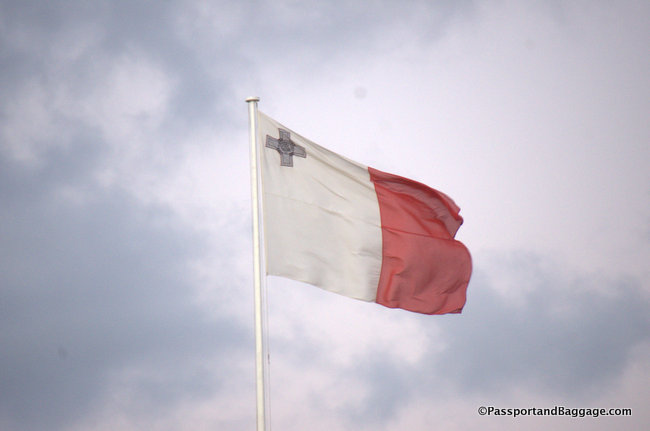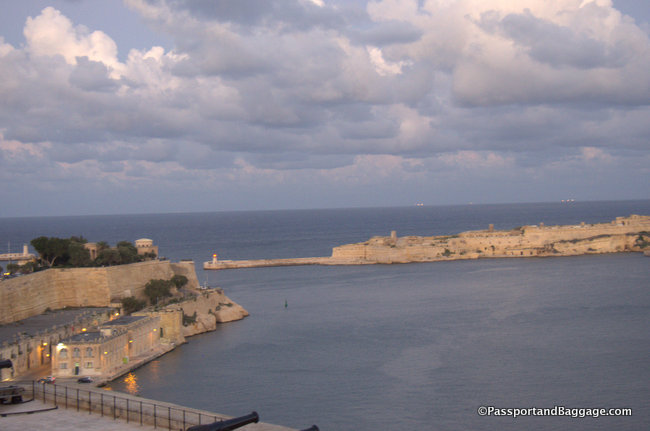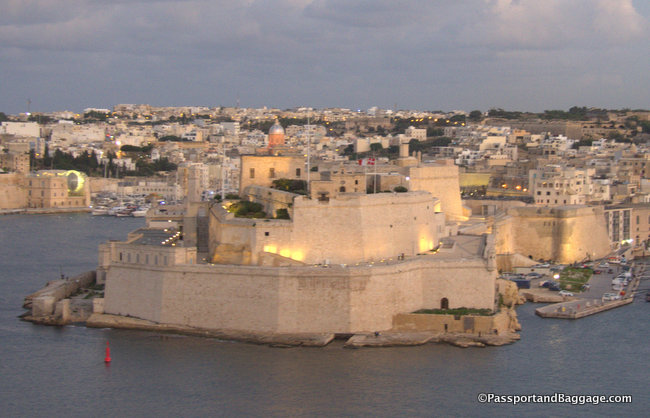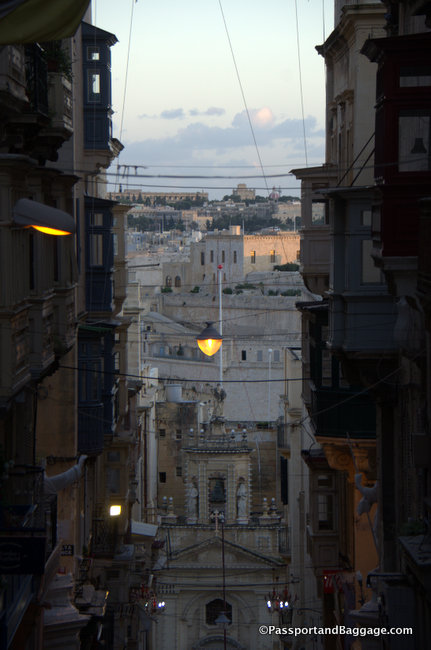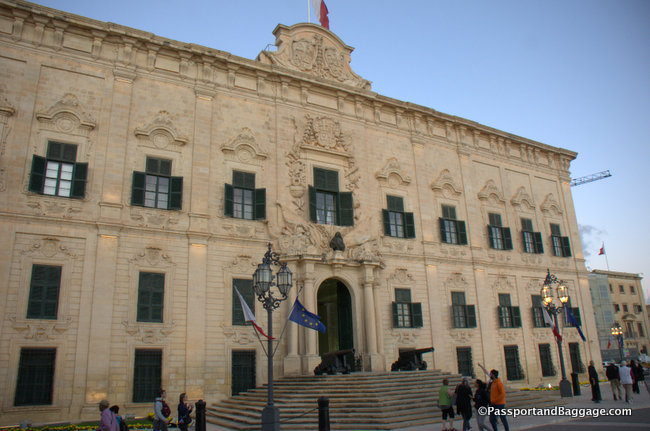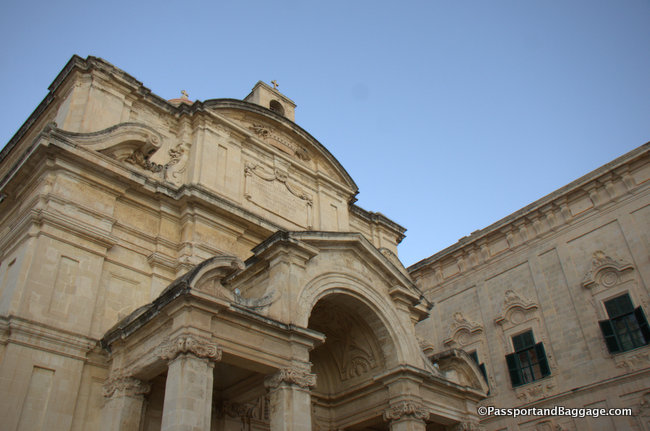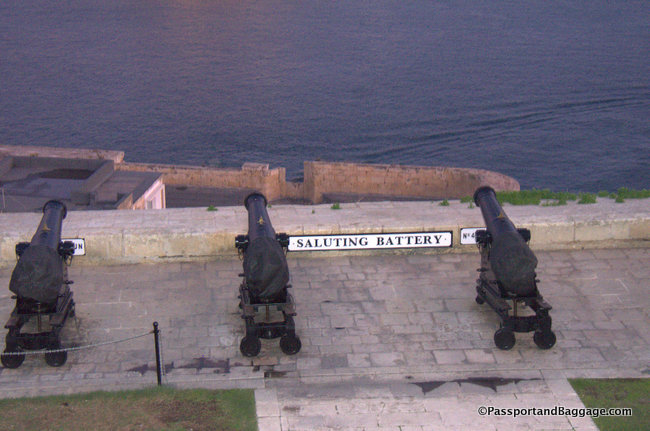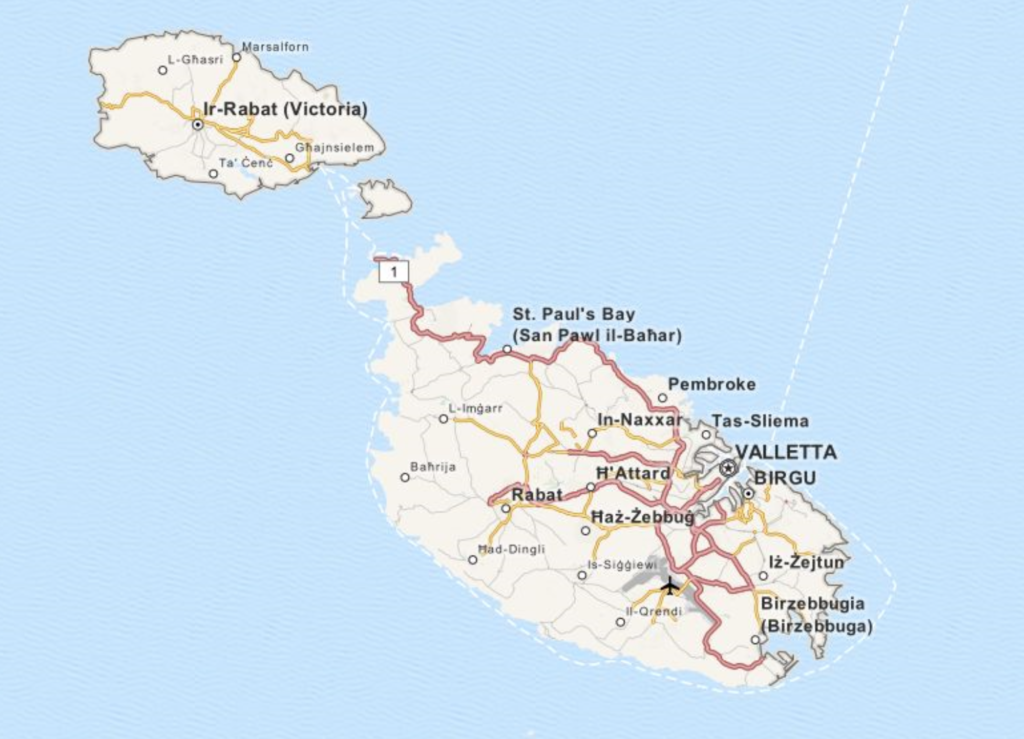November 10, 2019
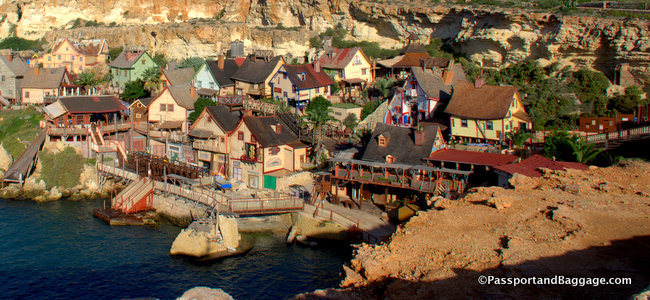 Popeye Village is not on the island of Gozo, it is near the ferry terminal from Malta to Gozo, so a stop just before I hopped the ferry. Quite obviously it began as a film set for the movie Popeye The Sailor Man along with the Black Pearl. Based on the comic strips by E. C. Segar, the movie is set around the fictional village of Sweethaven, where Popeye arrives in an attempt to find his long-lost father.
Popeye Village is not on the island of Gozo, it is near the ferry terminal from Malta to Gozo, so a stop just before I hopped the ferry. Quite obviously it began as a film set for the movie Popeye The Sailor Man along with the Black Pearl. Based on the comic strips by E. C. Segar, the movie is set around the fictional village of Sweethaven, where Popeye arrives in an attempt to find his long-lost father.
The construction of the film set began in June 1979. A construction crew of 165, working over seven months, was needed to build the village, which consists of nineteen wooden buildings. Hundreds of logs and several thousand wooden planks were imported from the Netherlands, while wood shingles used in the construction of the rooftops were imported from Canada. Eight tons of nails and 2,000 gallons of paint were also used in construction. Also a 197–246 ft breakwater was built around Anchor Bay’s mouth to protect the set from high seas during the filming.
While I would have thought it would have been left to deteriorate as a cliche eyesore, it is actually quite popular, especially with children in the summer, as it is a nice spot to catch cool breezes and go swimming in the bay. In the winter they keep the place going with a very successful Christmas Theme.
Comino
Comino is a small 1.4 square mile island of the Maltese archipelago between the islands of Malta and Gozo. Named after the cumin seed it has a permanent population of only three residents, following the death of the fourth resident in 2017. One priest and one policeman commute from the nearby island of Gozo. The island is a bird sanctuary and nature reserve.
Gozo
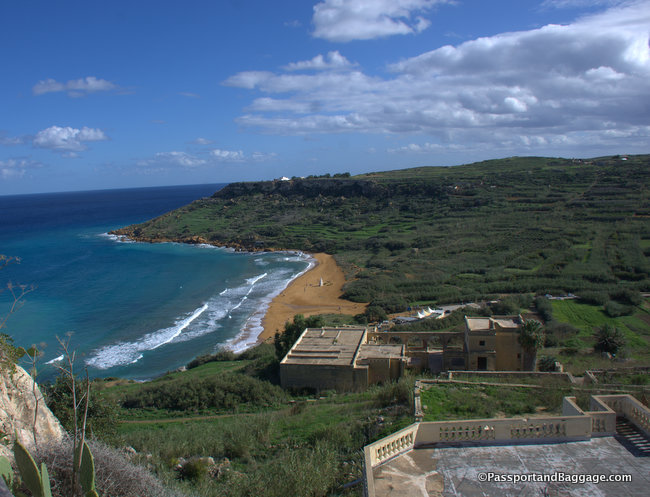
Ramla Bay in Gozo was named among the World’s 7 Most Beautiful Red Sand beaches by Travel and Leisure Magazine
Roman ruins lie beneath the sand and Calypso Cave overlooks the western side of the beach.
According to tradition, this is the cave referred to by Homer in The Odyssey. The nymph Calypso lived in this cave and it is where she entertained Ulysses for seven years before he resumed his journey. Calypso Cave is, in fact, a series of caves that some say extend right down to the sea.
Victoria
The Cittadella of Victoria has been inhabited since the Bronze Age, and the site now occupied by the Cittadella is believed to have been the acropolis of the Punic-Roman city of Gaulos or Glauconis Civitas.
During the medieval period, the acropolis was converted into a castle which served as a refuge for Gozo’s population. A suburb began to develop outside its walls by the 15th century, and this area now forms the historic core of Victoria. The castle’s defenses were obsolete by the 16th century, and in 1551 an Ottoman force invaded Gozo and sacked the Cittadella.
A major reconstruction of the southern walls of the Cittadella was undertaken between 1599 and 1622, transforming it into a gunpowder fortress.
Today only a couple of families live within the Cittadella walls. Inside the walls you will also find an ancient jail, working Law Courts and the Bishop’s Palace.
There is an old prison still inside the Cittadella. The knights made use of this by sending their more rowdier members to Gozo to “calm down”. Their crimes varied but most common were dueling and murder. Their stays varied from a few months to as long as ten years. The list of inmates is rather lengthy but the most famous being Fra Jean Parisot de La Valette, later grandmaster of Malta during the Great Siege.
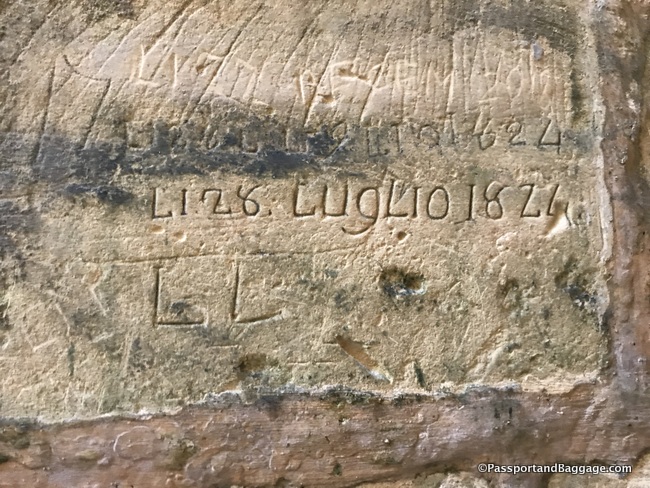 *
*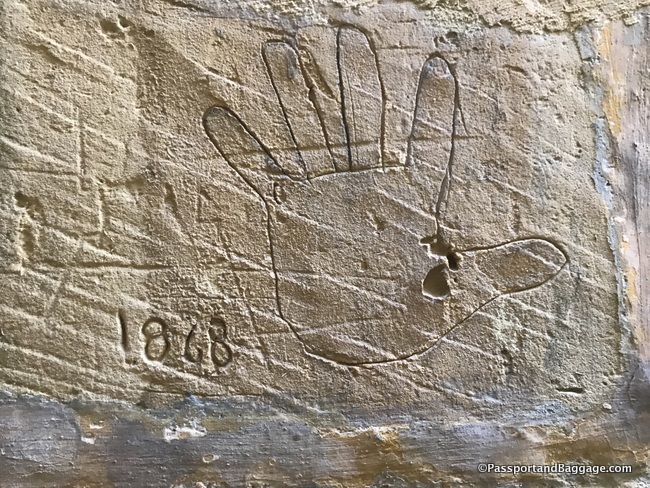 *
*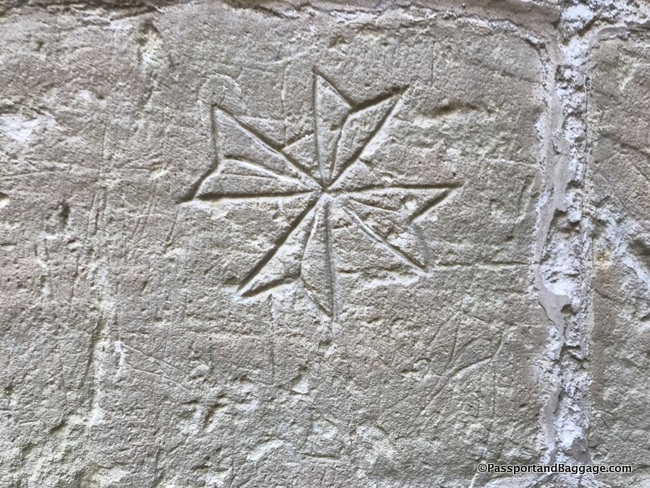 The walls of the prison are literally covered with graffiti. Most were discovered when the thick layer of lime whitewash, applied for hygienic reasons by the Brits, was removed. The most common of these were ships, handprints, and various types of crosses.
The walls of the prison are literally covered with graffiti. Most were discovered when the thick layer of lime whitewash, applied for hygienic reasons by the Brits, was removed. The most common of these were ships, handprints, and various types of crosses.
Victoria is known among the native Maltese as Rabat. It is the capital city of Gozo.
The area around the town, situated on a hill near the center of the island, has been settled since Neolithic times. It received the name Victoria on June 10th, 1887 by the British government on Queen Victoria’s Golden Jubilee.
The city’s streets are narrow with many dead-ending alleyways.
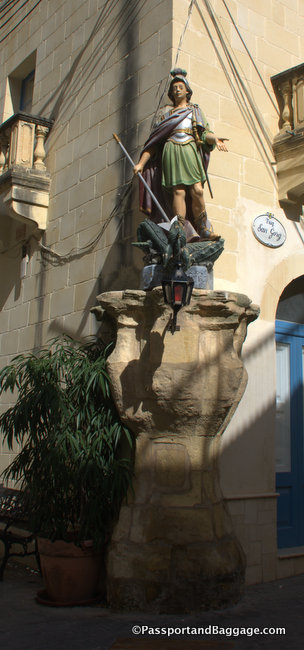
The Parish of Rabat has two competing factors. Those that support Saint George and those that support Our Lady of Assumption
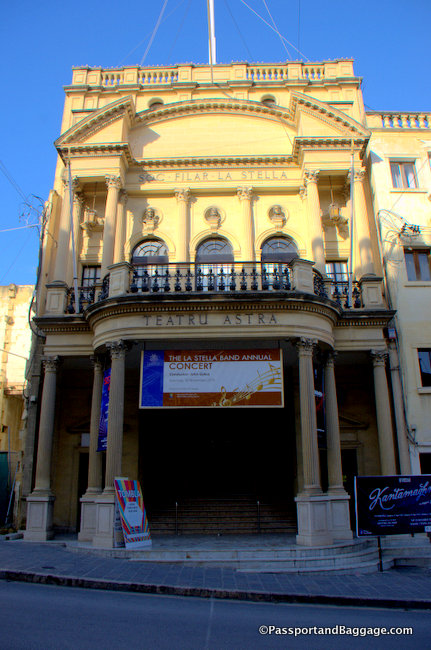
The theater paid for by the band of the supporters of St. George
Dwerja
Originally the Azure Window is what brought most tourists to this area.
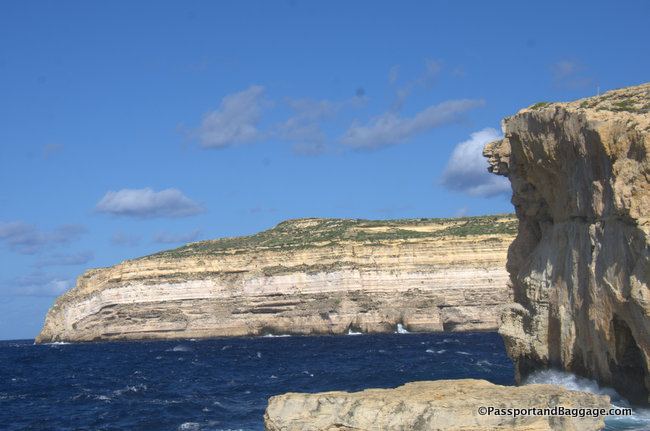
What can be seen of what was originally The Blue Window which collapsed in a storm on the 8th of March 2017.
The Inland Sea is one of the four sinkholes found in the Dwejra area. Measuring around 1000 by 1400 feet, it is the largest subsidence structure at this site. A 262-foot long channel (through the cave on the left) known as L-Ghar tad-Dwejra links the lagoon to the open sea.
*
This area is a wonderful way to see how the island is formed. The oldest layer is Globigerina Limestone, it is the thickest layer and contains fossils of mollusks, sharks, crocodiles and forams. It is the stone of choice for building construction on the Maltese islands.
A level up comes Blue Clay, a soft layer which again contains a variety of fossils from creatures that lived during its time of formation that include coral and forams.
Next is the rarest layer of them all, Greensand, which contains fossils of large animals such as whales and dolphins.
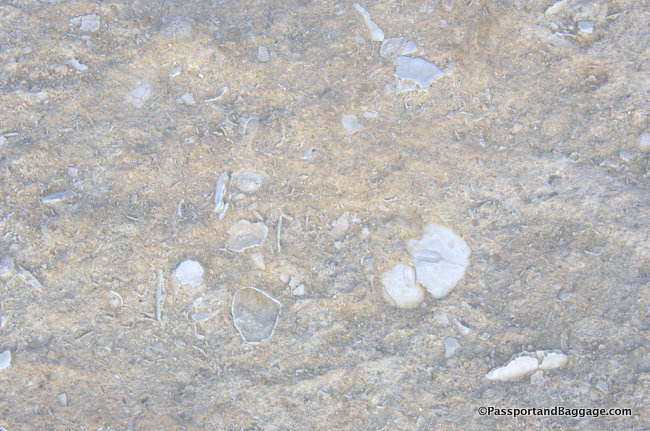 The topmost and most recent layer is the Upper Coralline Limestone that formed in shallow waters and counts sea urchins, mollusks and forams amongst its fossilized remains.
The topmost and most recent layer is the Upper Coralline Limestone that formed in shallow waters and counts sea urchins, mollusks and forams amongst its fossilized remains.

The Fungus Rock, known in Maltese as Il-Gebla tal-General or Hagret il-General, is a small limestone islet at Dwejra Bay. It used to be connected to the mainland via an arch that collapsed hundreds of years ago..
During the occupation of the Knights of Malta, unauthorized access to the tiny rock was punishable by three years’ oarsmanship in the galleys because the island grew an endemic fungus that was highly prized for its medicinal properties. Interestingly, it was all a mistake. Cynomorium coccineum, commonly known as the Maltese Fungus, gave the rock its name, but this nomenclature is a misnomer. The plant was mistaken as a fungus, probably due to its shape, but it is actually a parasitic plant. It is also known as the Maltese Mushroom, Desert Thumb, Red Thumb, Tarthuth (Bedouin) and Suoyang (Chinese).
Xewkija
The Church of Saint John the Baptist, commonly known as the Rotunda of Xewkija is a Roman Catholic church
Saint John the Baptist was built in the 20th century and designed by the Maltese architect Joseph Damato. Its dome’s internal diameter is 89 feet and it is 246 feet high with a calculated weight of 45,000 tons. The circumference is 279 feet and is supported by 8 large concrete columns covered with stone. It is the world’s third-highest unsupported dome.
 The plans of Damato were based on the Santa Maria Della Salute church of Venezia, but on a larger scale. Interestingly the old church was left in place while the Rotunda was being built around it, allowing the local people to continue to worship
The plans of Damato were based on the Santa Maria Della Salute church of Venezia, but on a larger scale. Interestingly the old church was left in place while the Rotunda was being built around it, allowing the local people to continue to worship
 The old church was then carefully dismantled and the best sculptures were saved and rebuilt in an adjacent building under the church belfry. It is now known as the Sculpture Museum.
The old church was then carefully dismantled and the best sculptures were saved and rebuilt in an adjacent building under the church belfry. It is now known as the Sculpture Museum.
Lunch
Ftira is a ring-shaped, leavened, Maltese bread, usually eaten with fillings such as sardines, tuna, potato, fresh tomato, onion, capers, and olives. It is truly delicious. When it was set down in front of me, I thought I could not eat the entire thing. I did, and happily.
I had it with a Kinnie
Considered the national soda, Kinnie is a Maltese bittersweet carbonated soft drink brewed from bitter oranges and extracts of wormwood. It was first introduced in 1952 by the brewery Simonds Farsons Cisk, who also produces the national beer. It is very similar to Italian Chinotto, which I happen to love, but I understand from others is an “acquired taste”.
Gozo is a lovely island, very laid back compared to the main island of Malta, less traffic, and a smaller population, but rich in history and archeology.
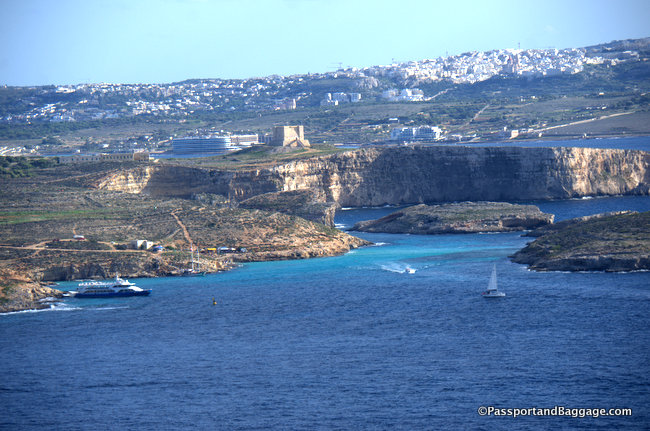
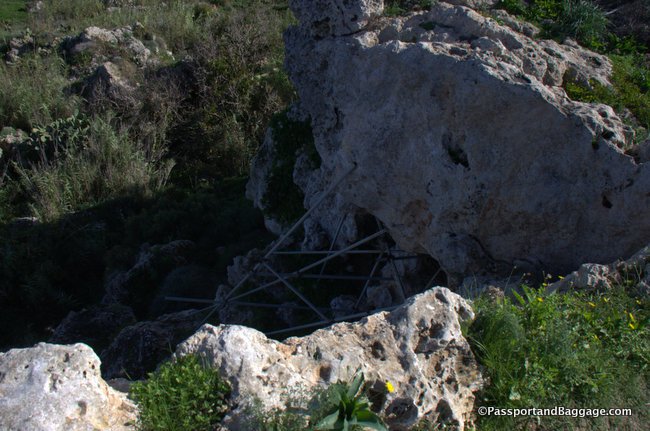
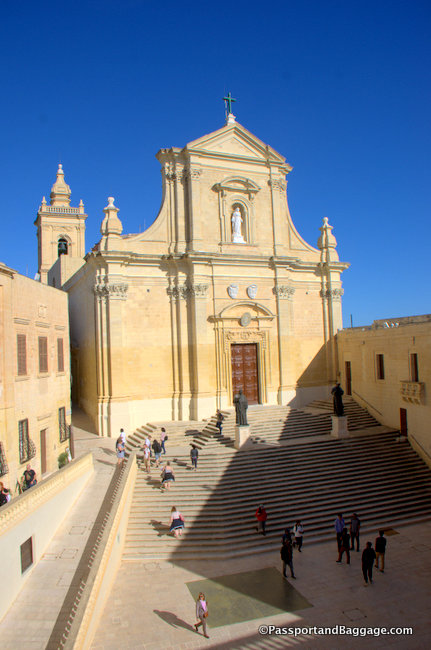
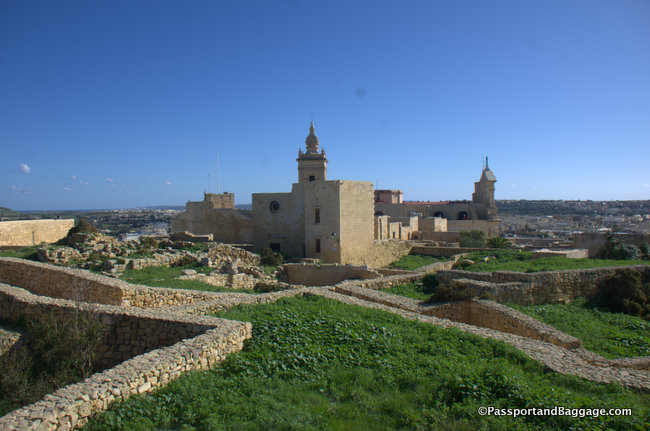
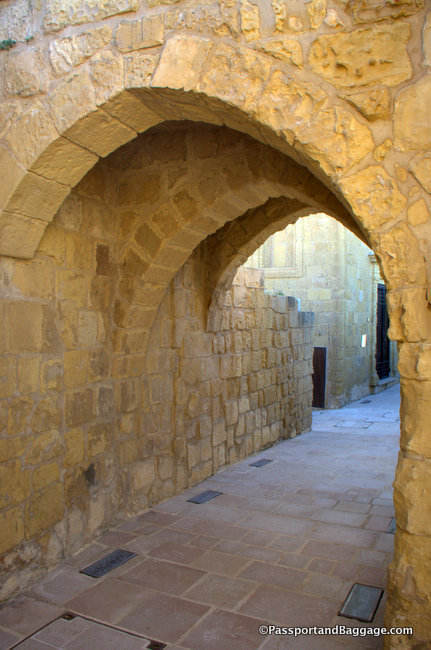
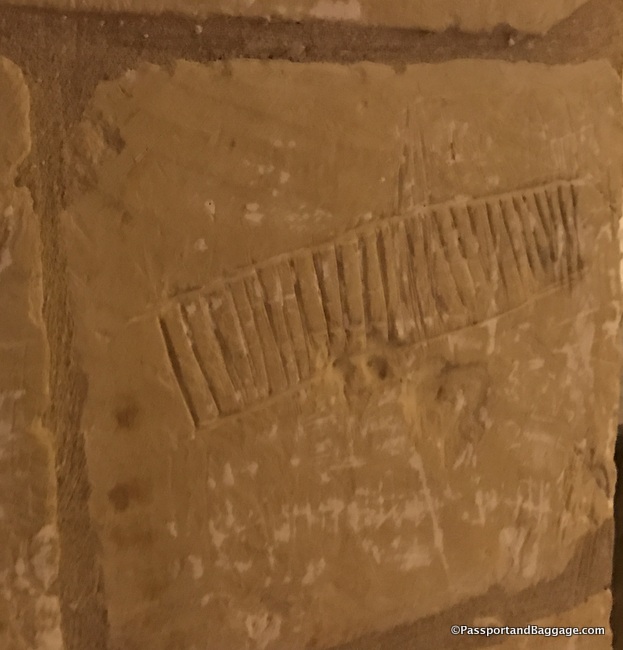
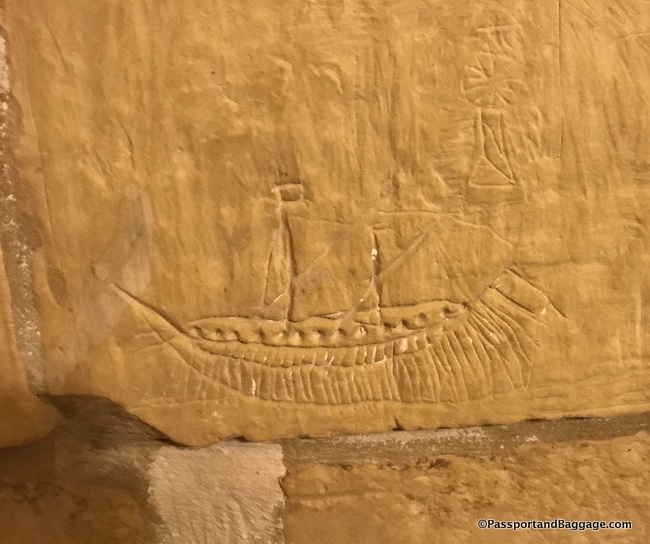
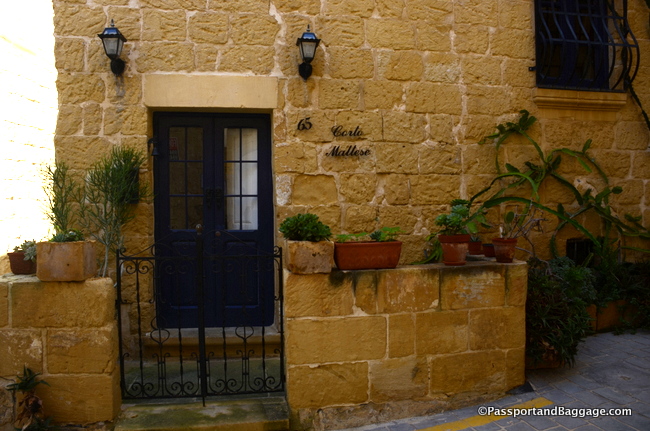

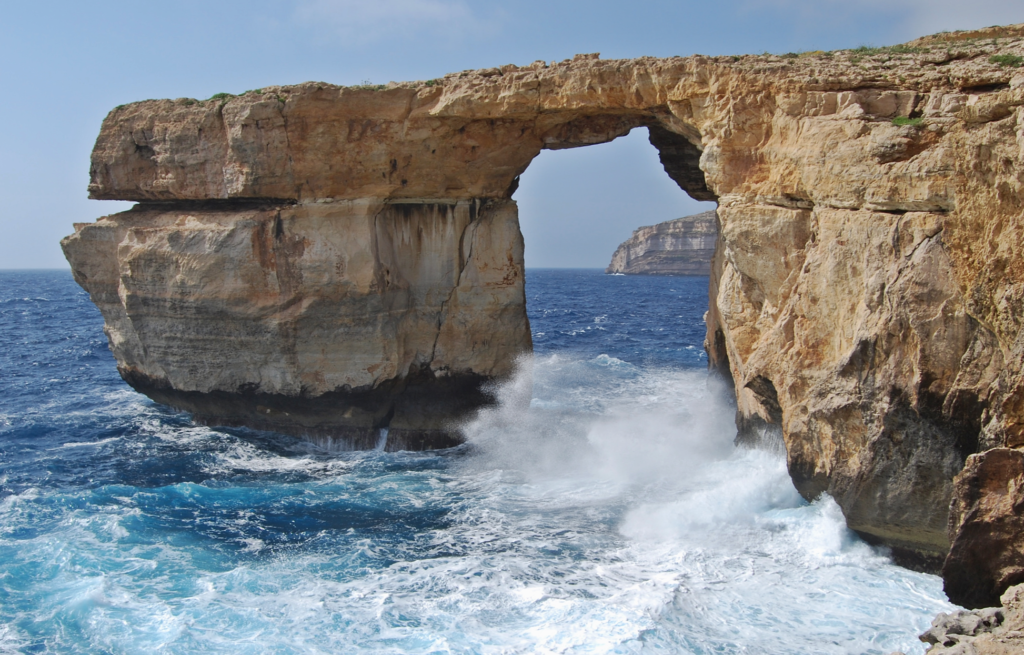
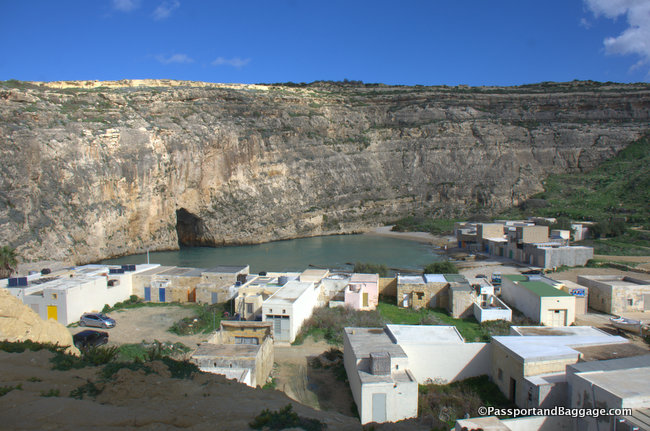
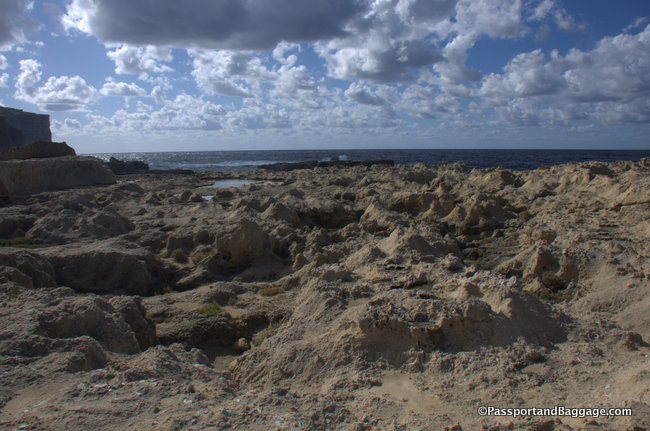
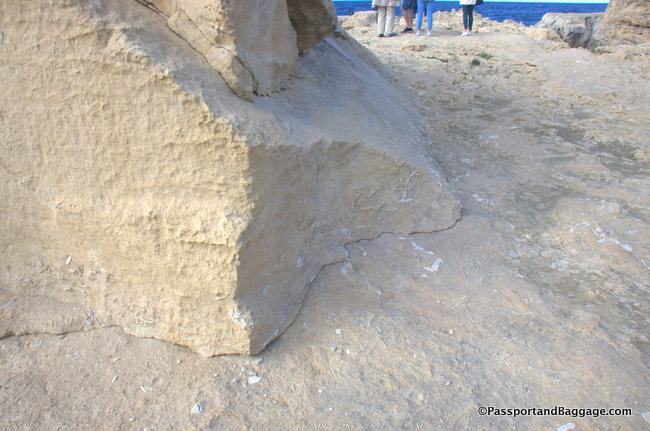
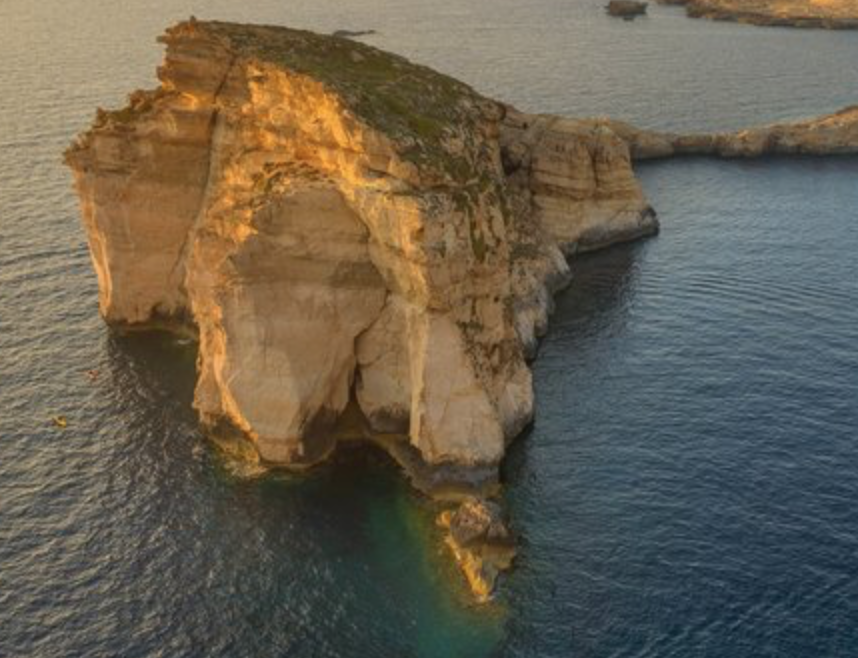
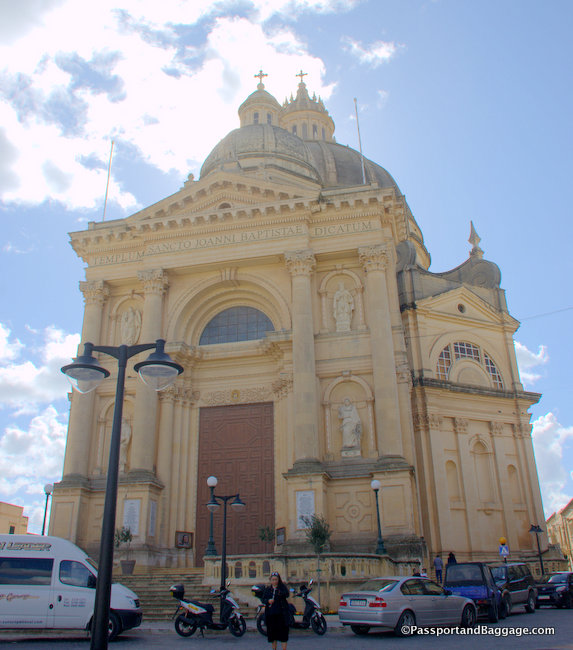


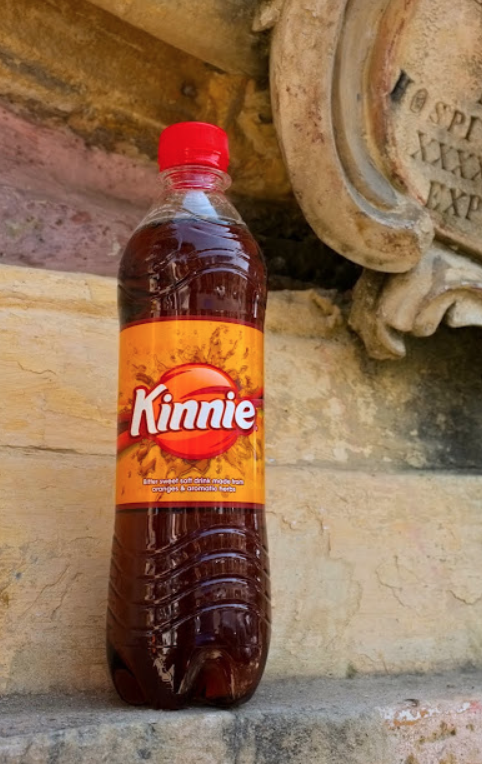
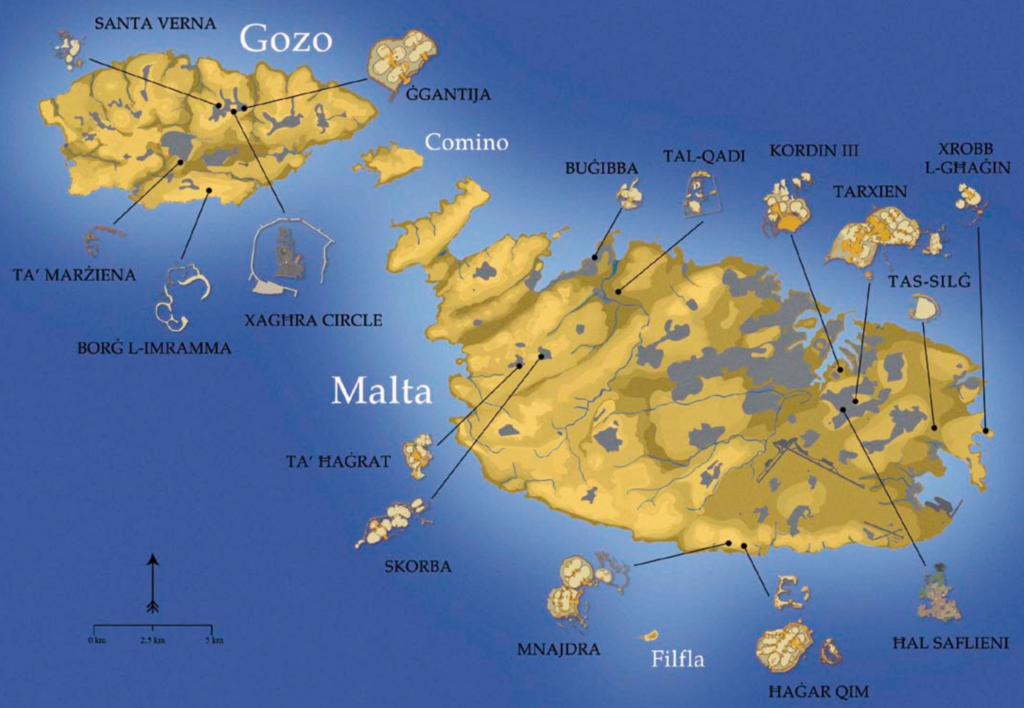
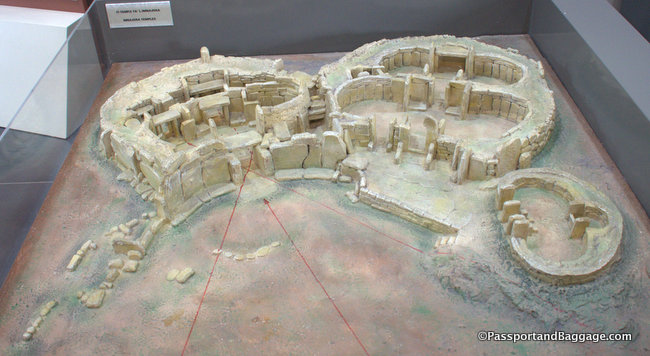
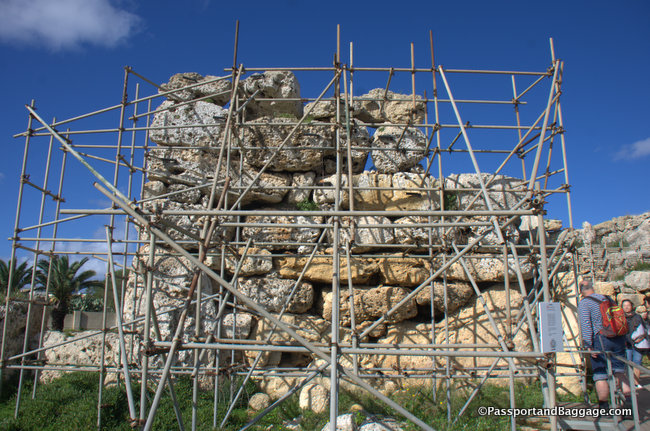
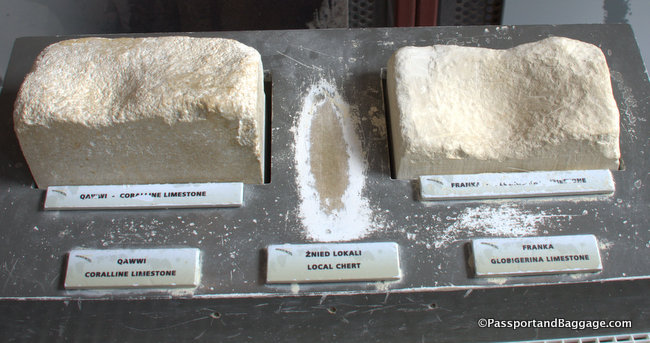
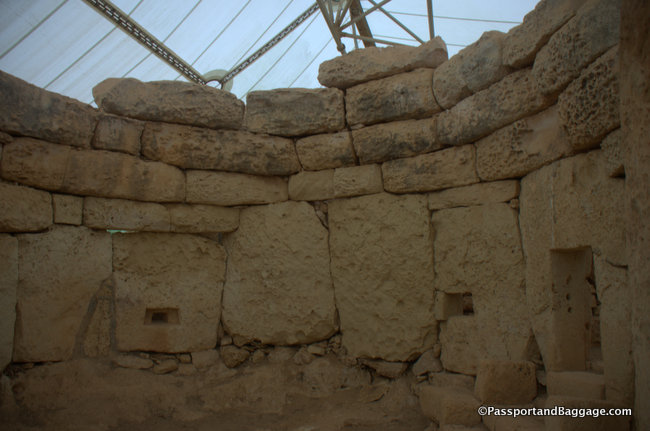
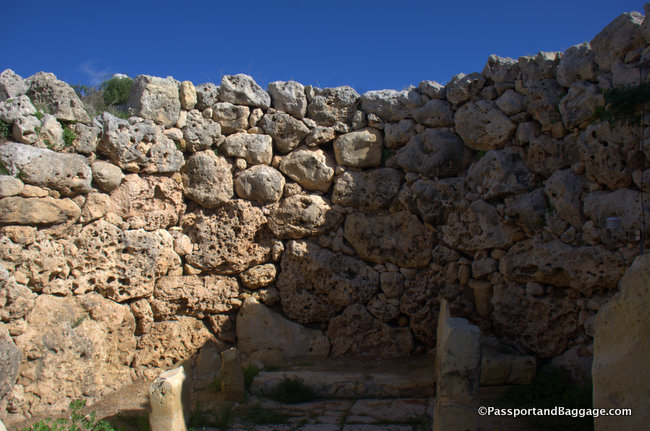
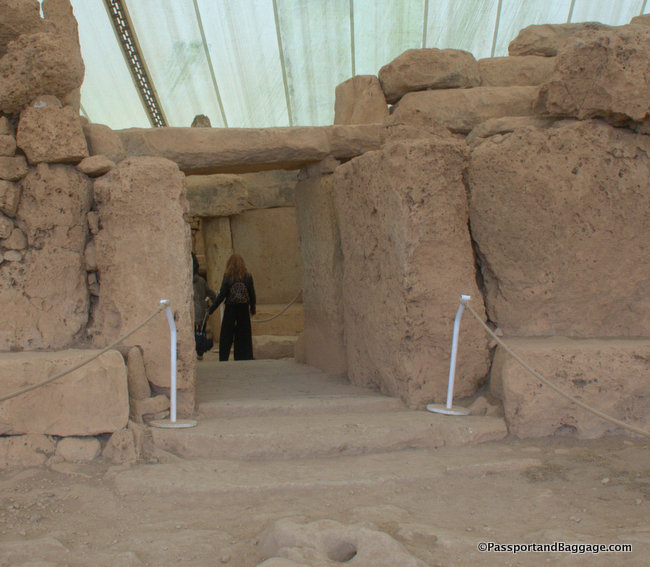
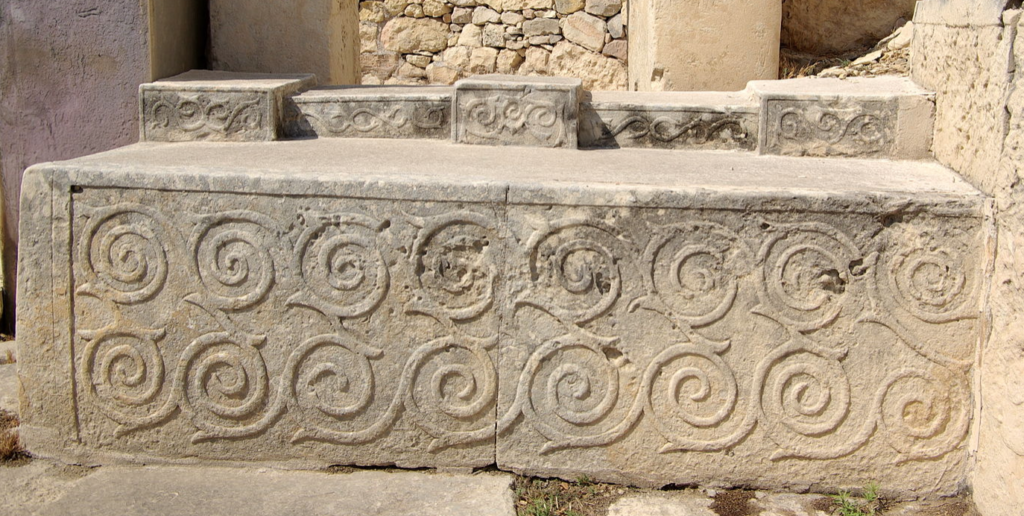
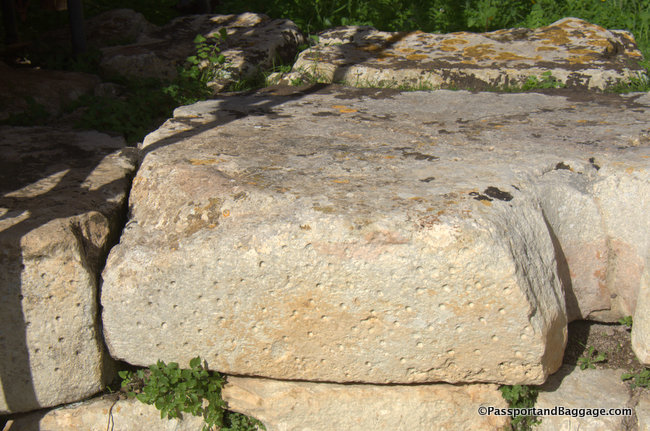
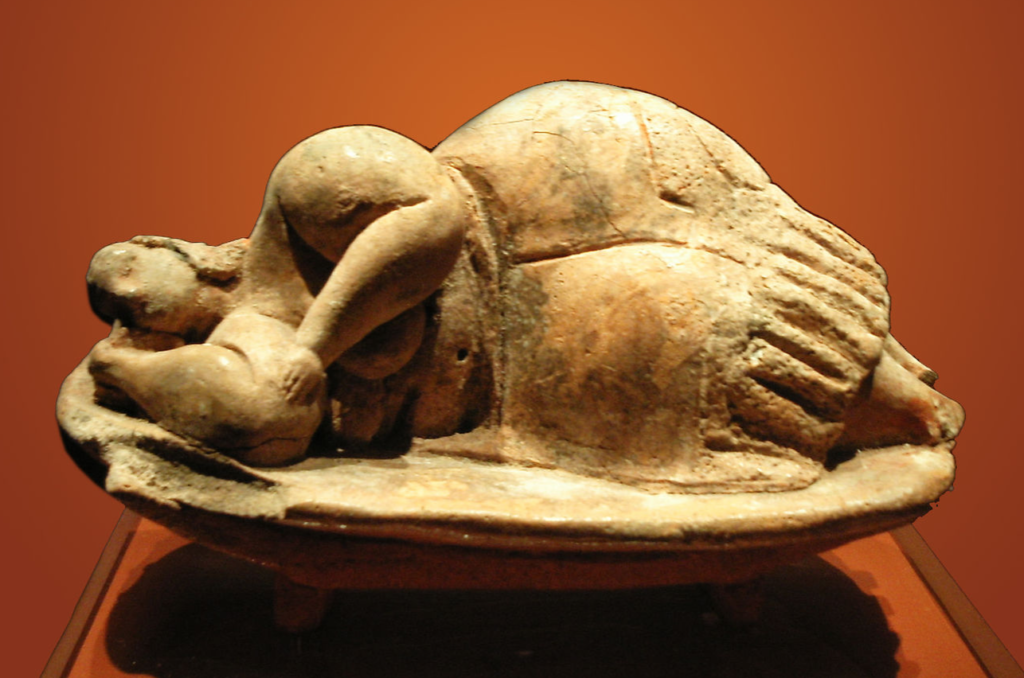

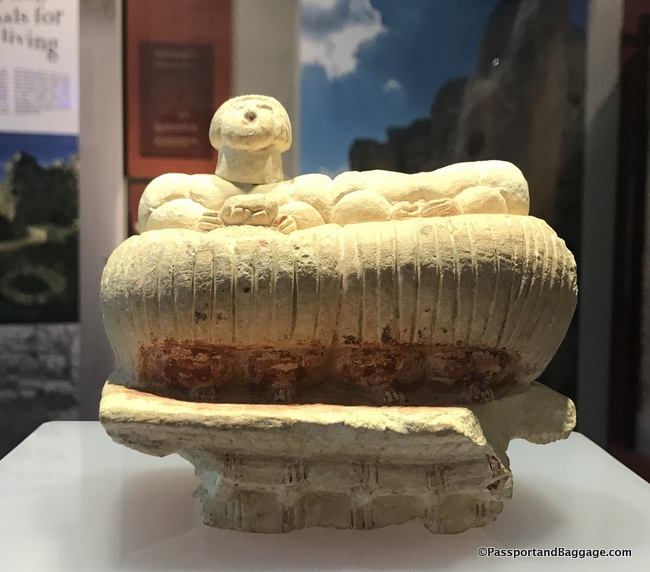
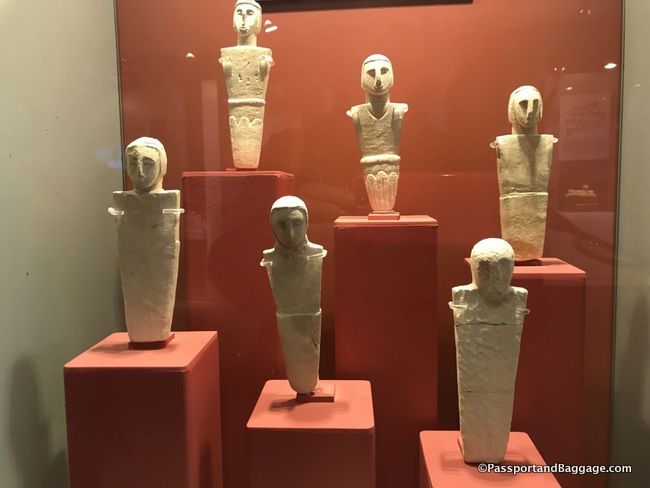

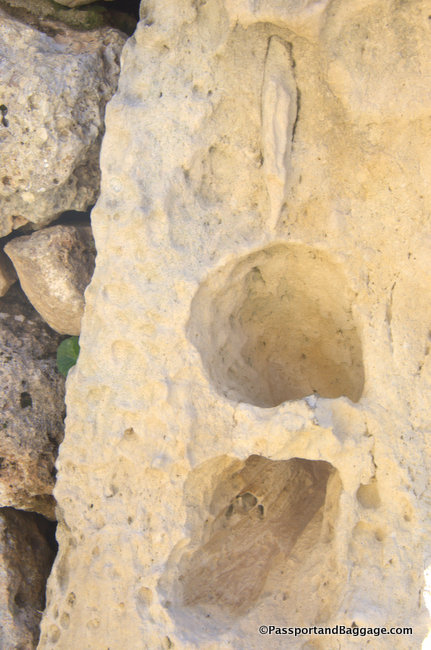
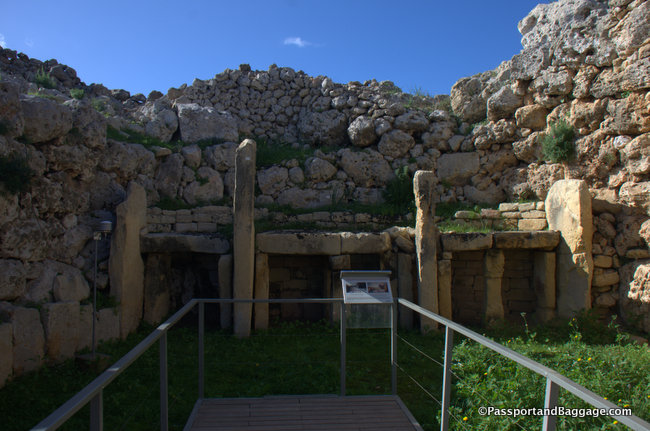
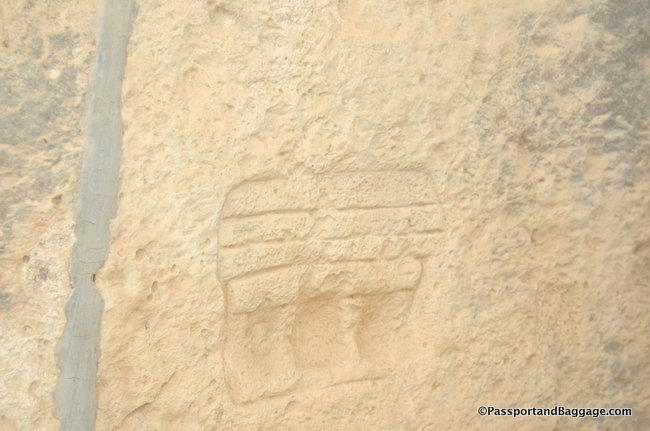
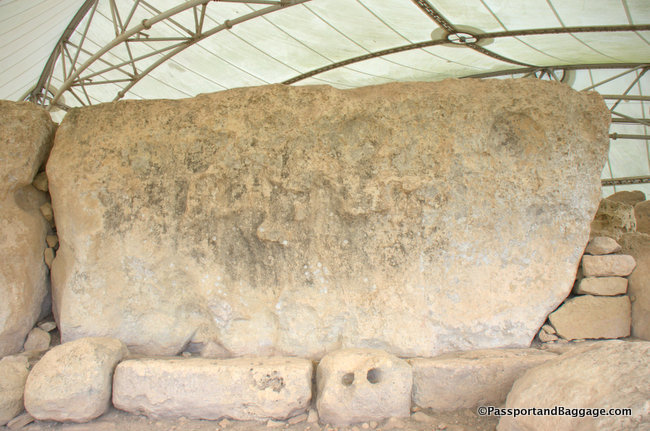
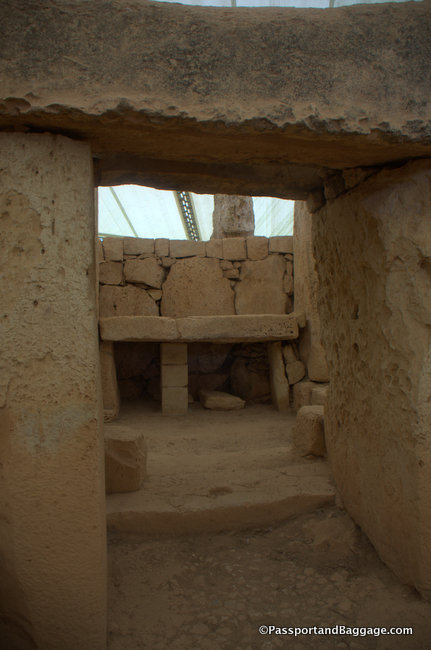
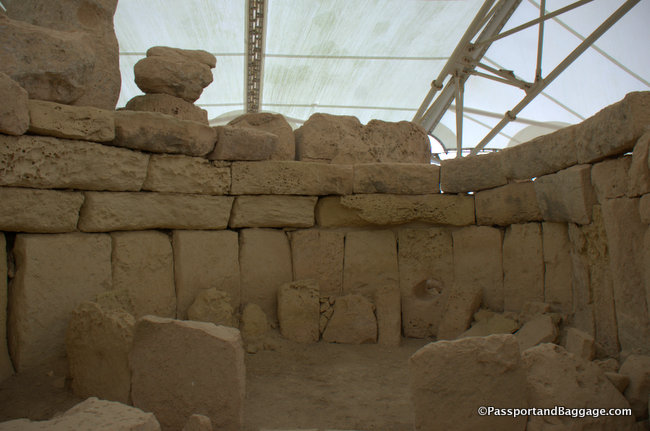
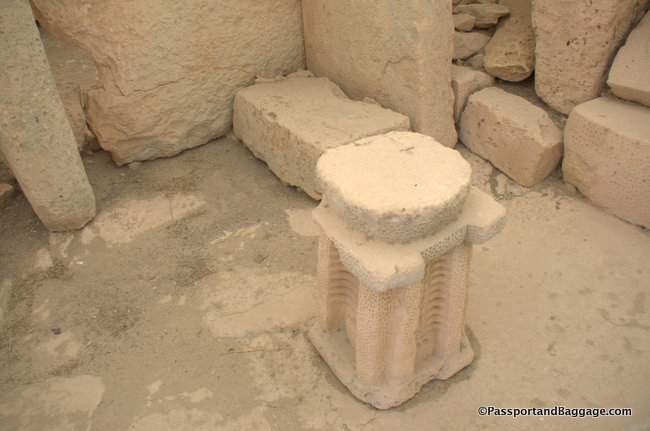
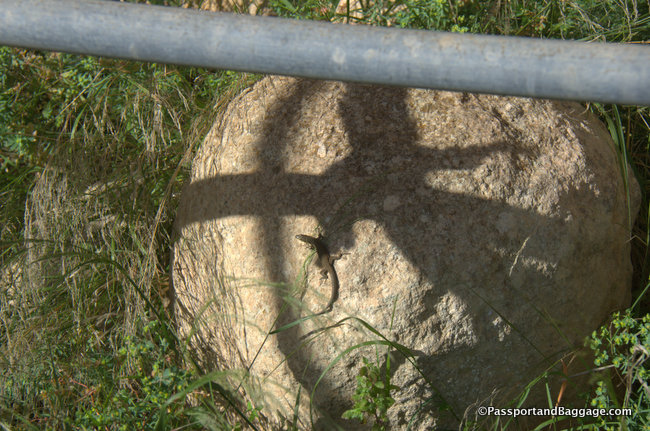
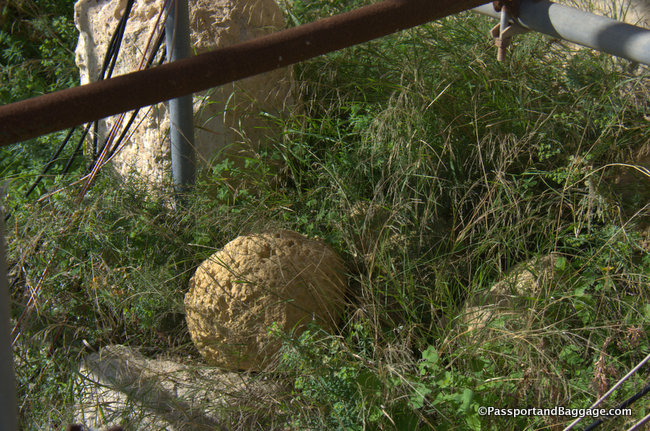
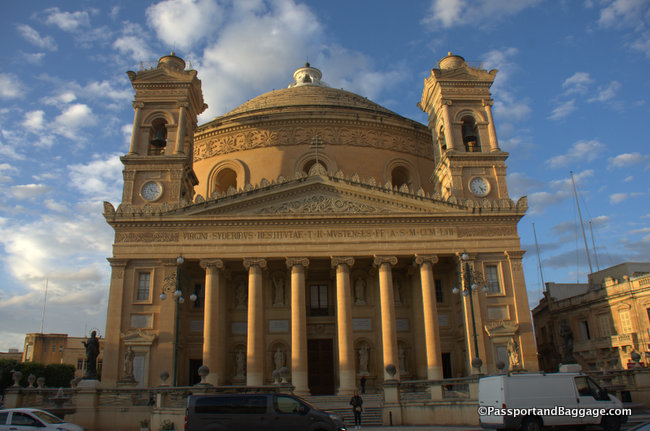
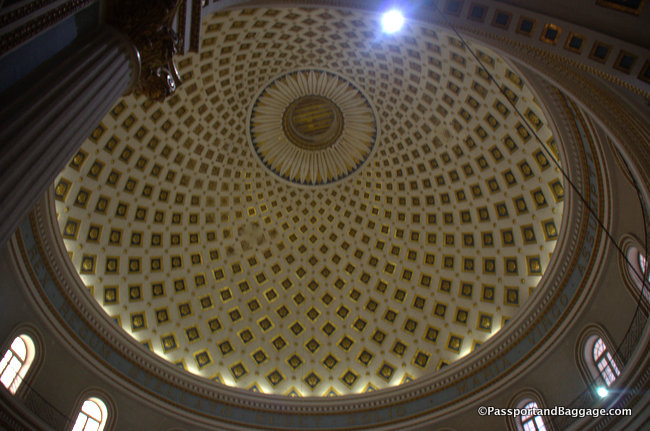
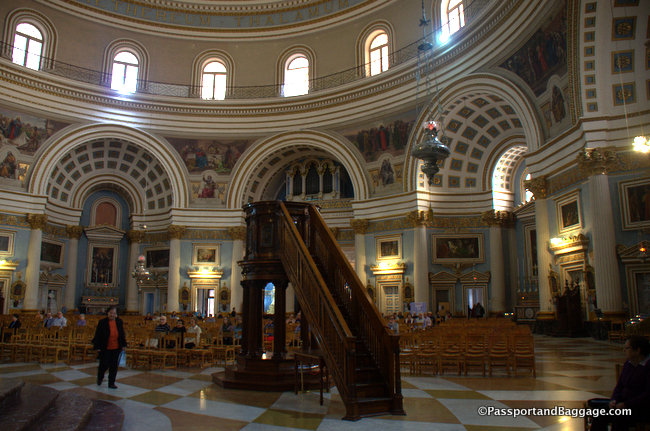
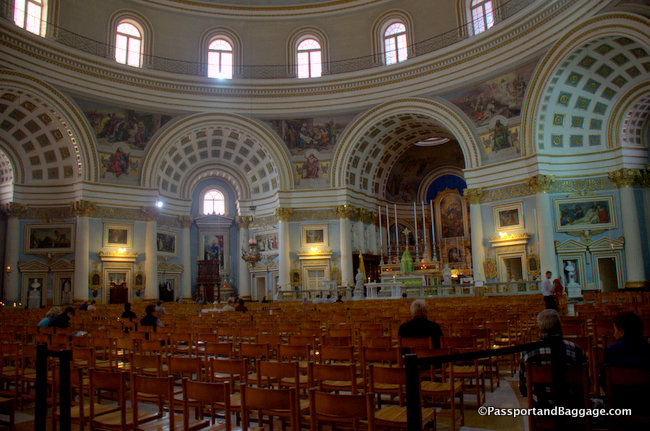
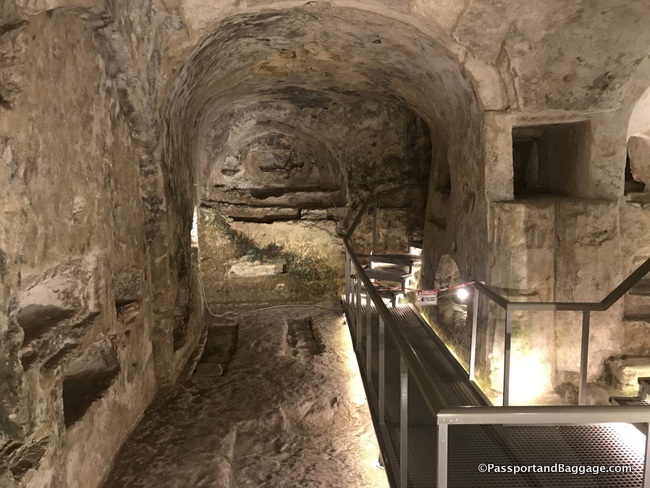
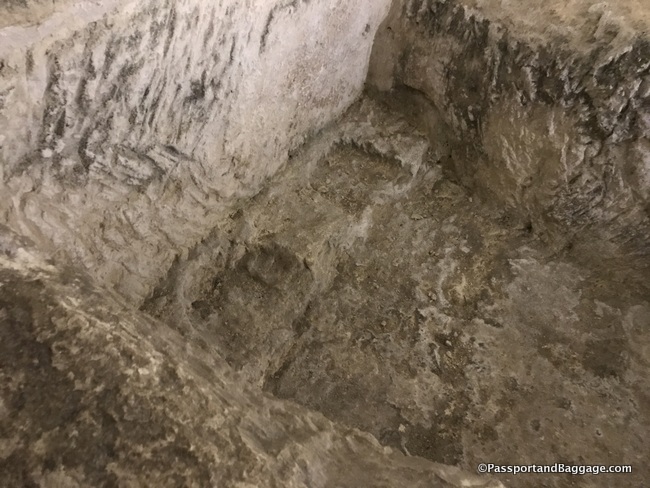

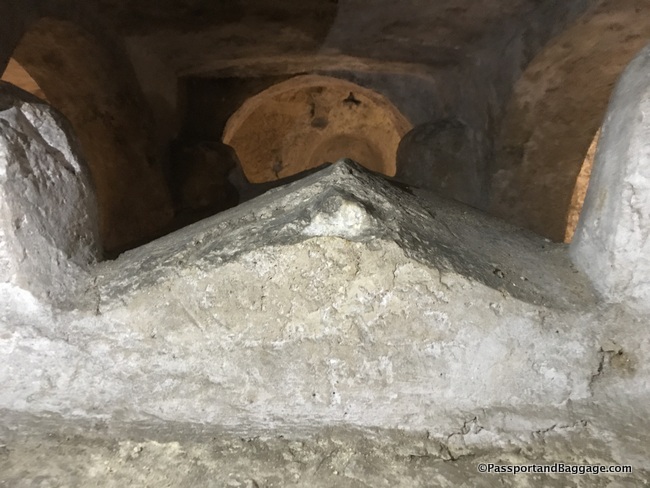

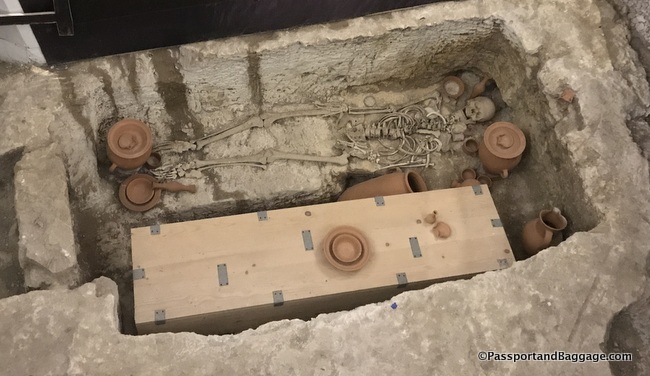

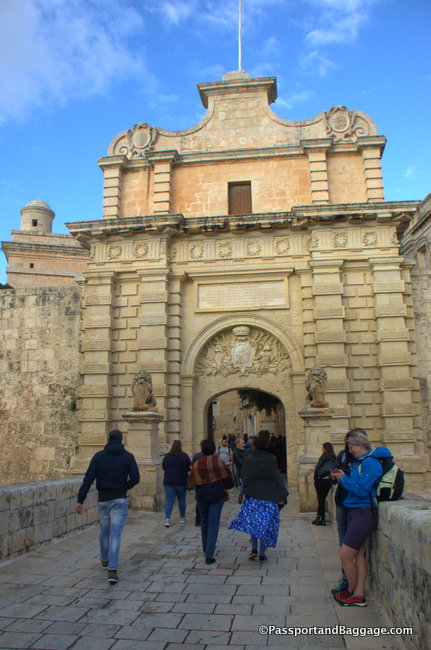
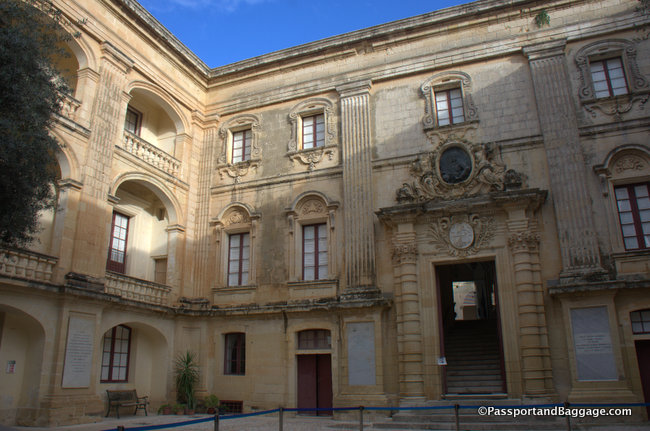
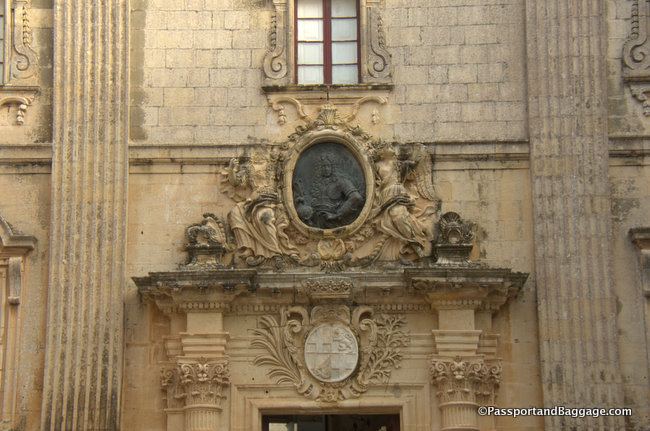
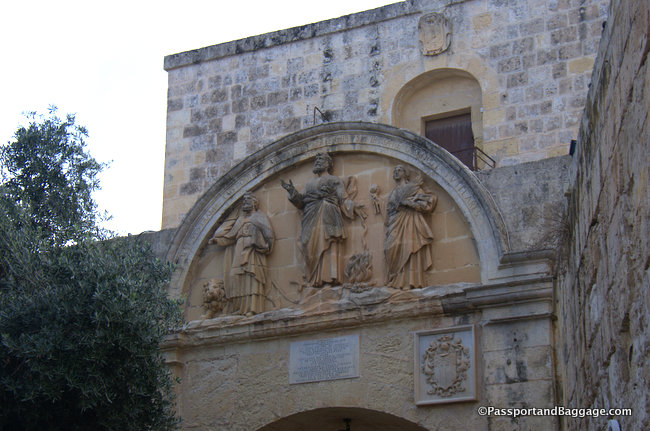
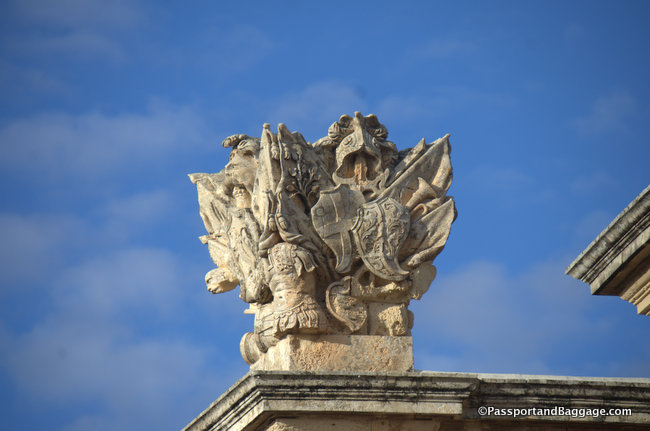
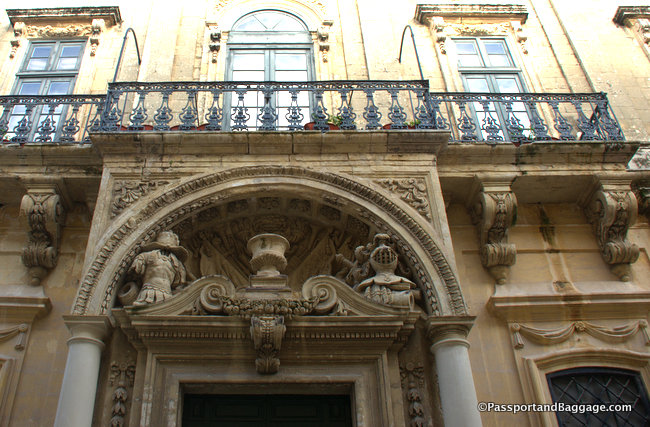
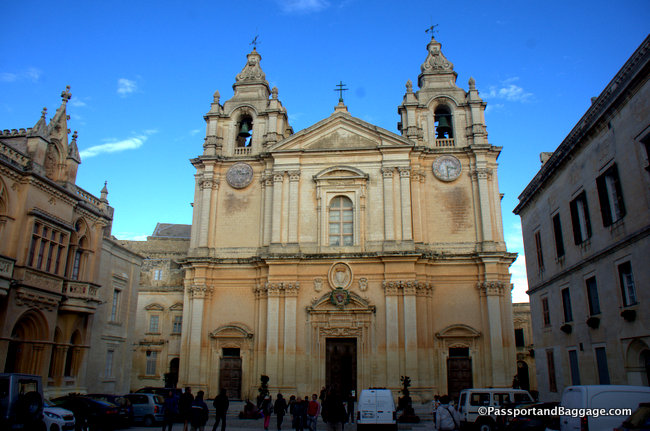
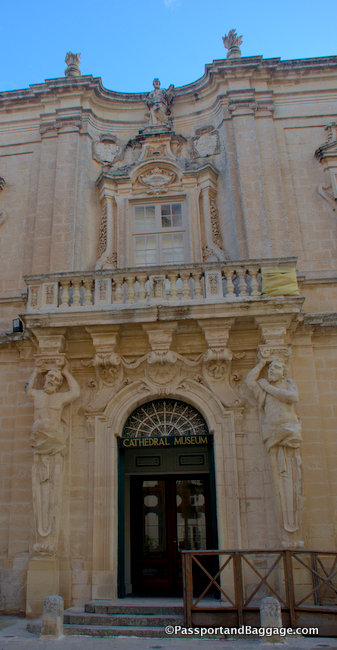
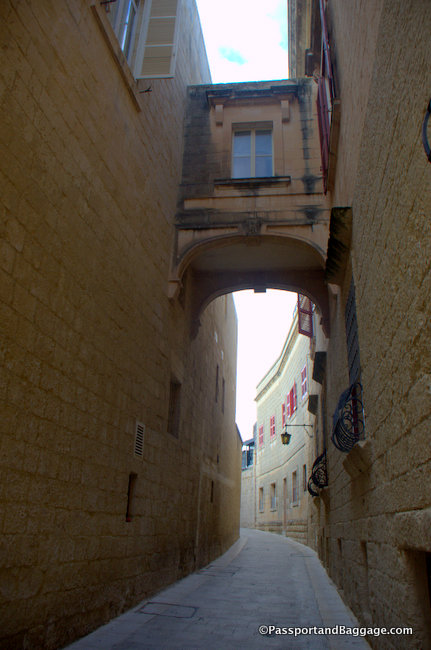
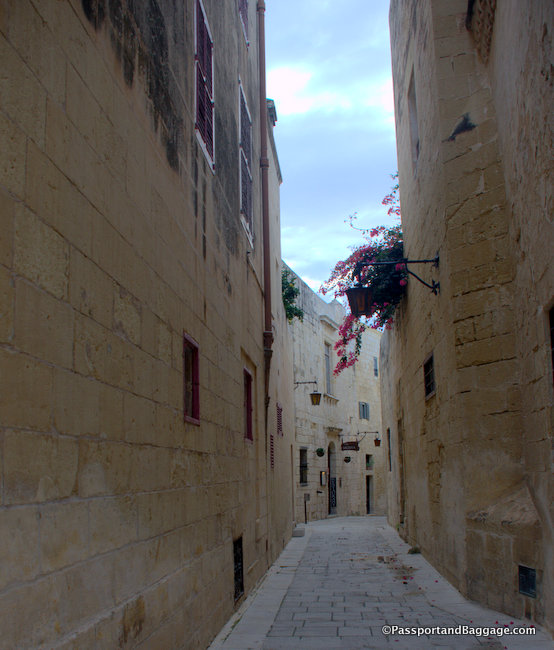
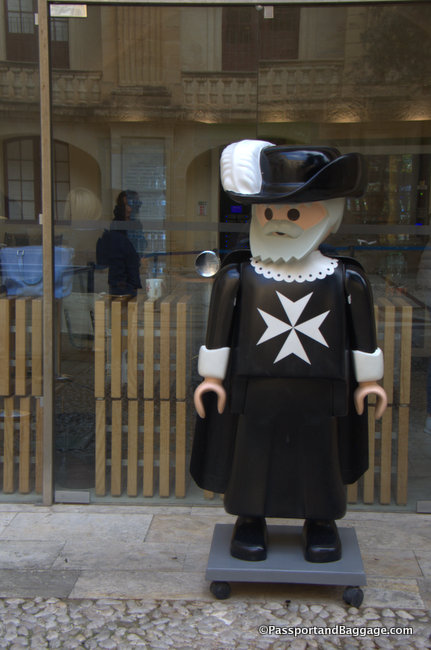
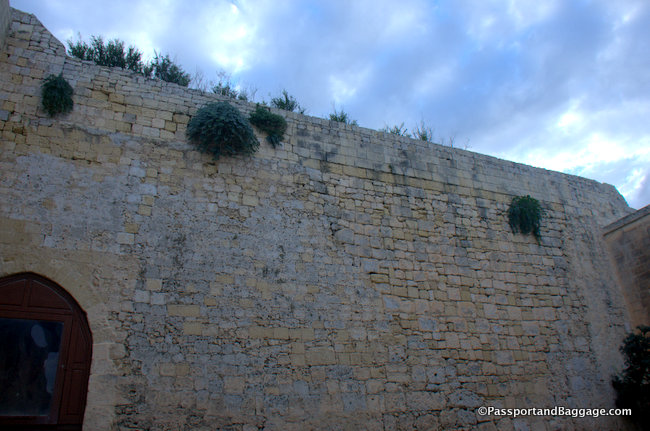

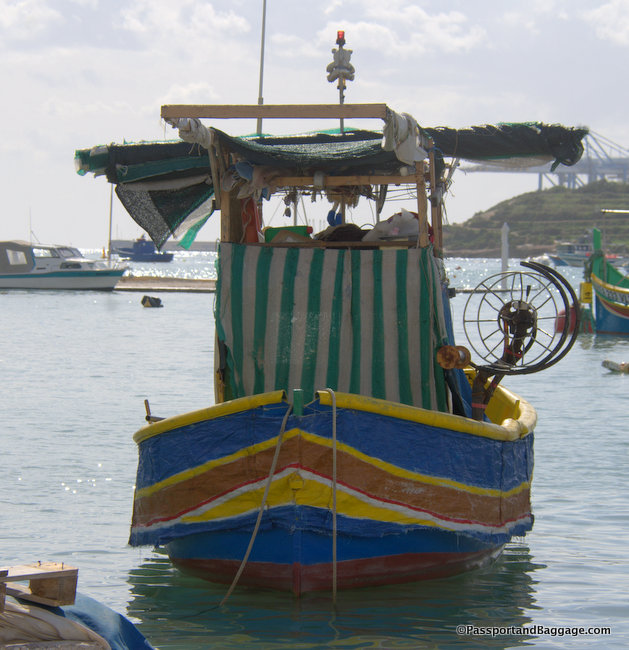
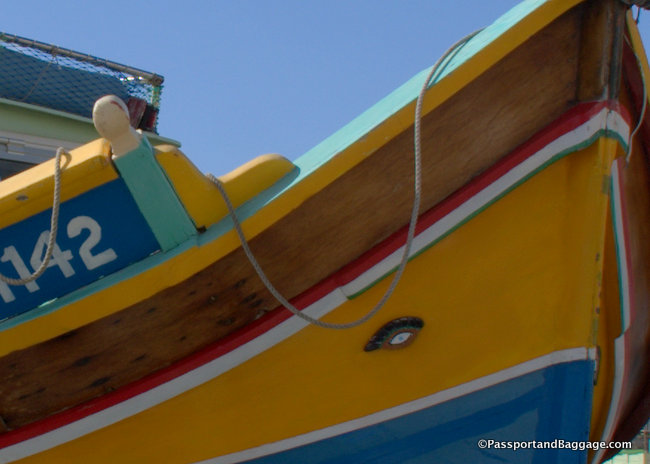
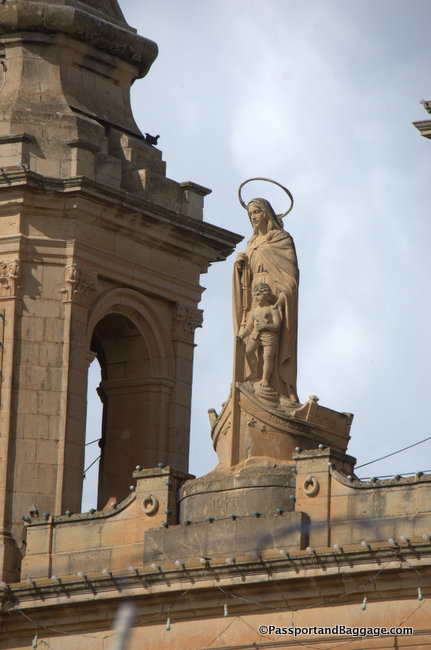
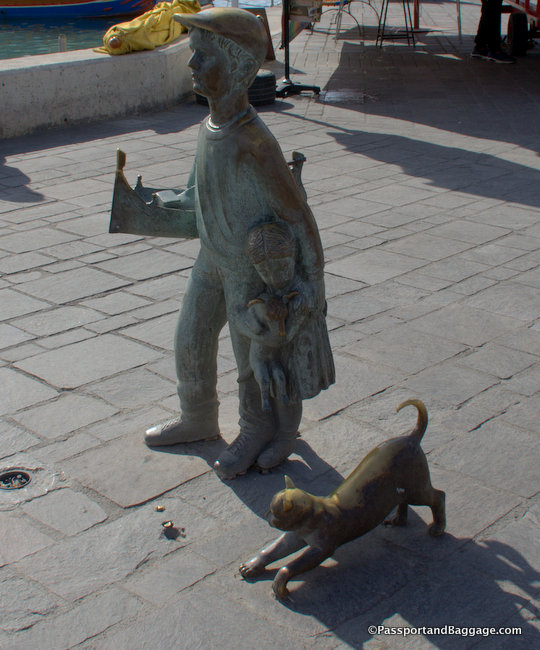
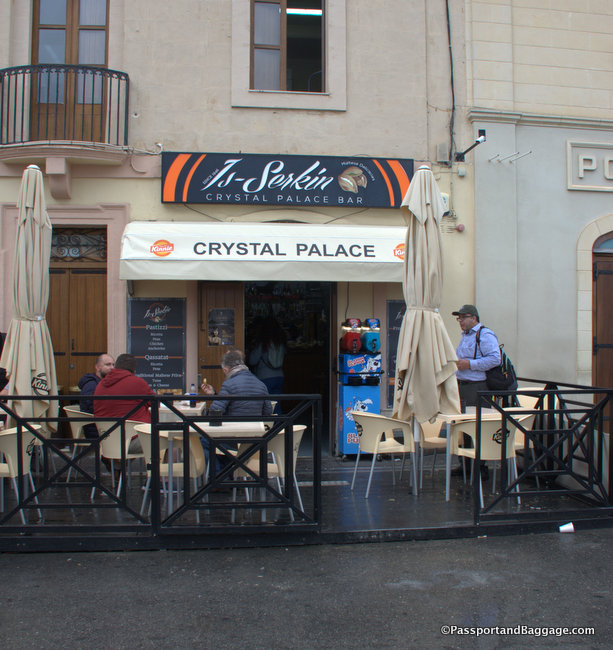
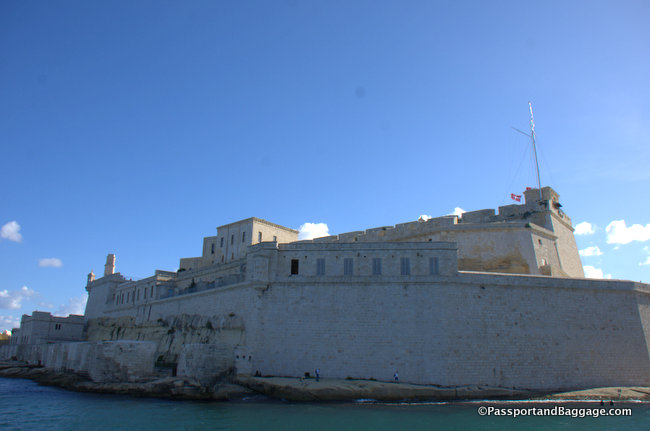
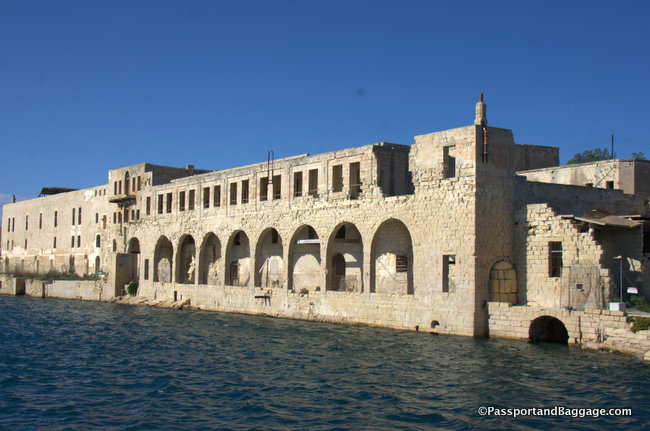
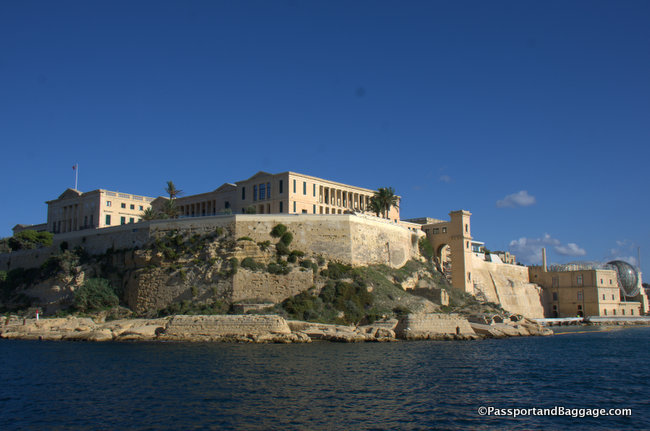
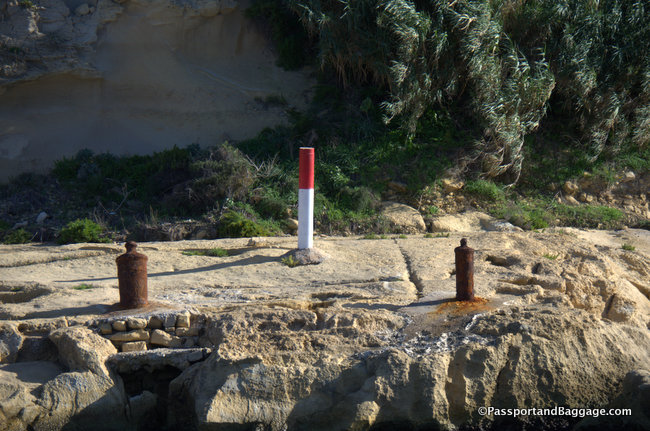
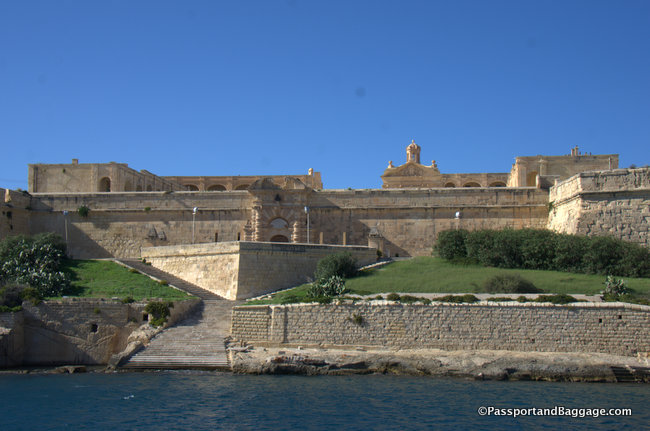
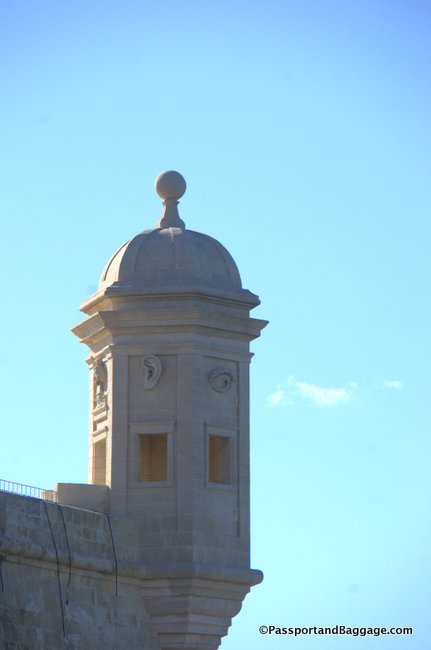
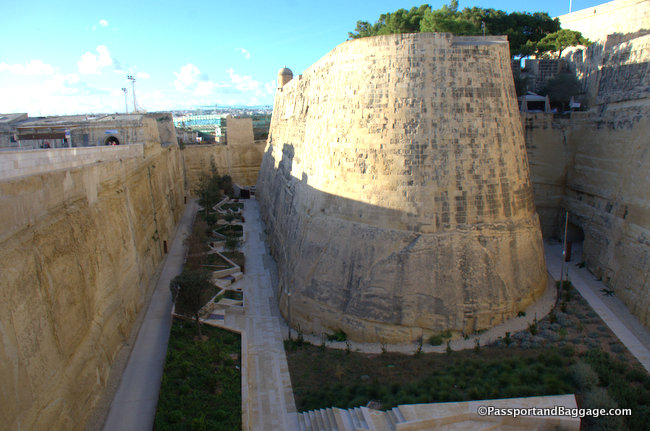
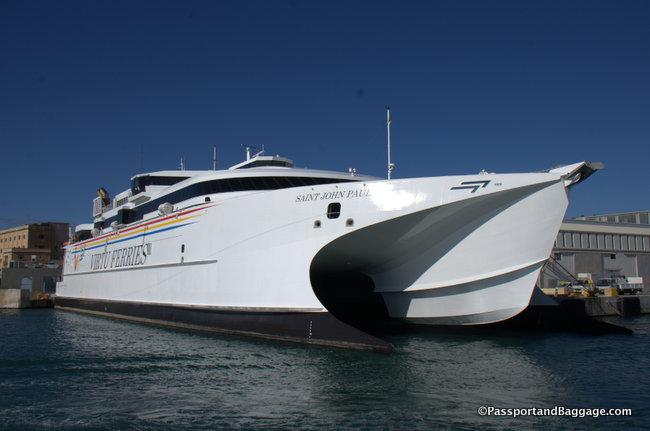
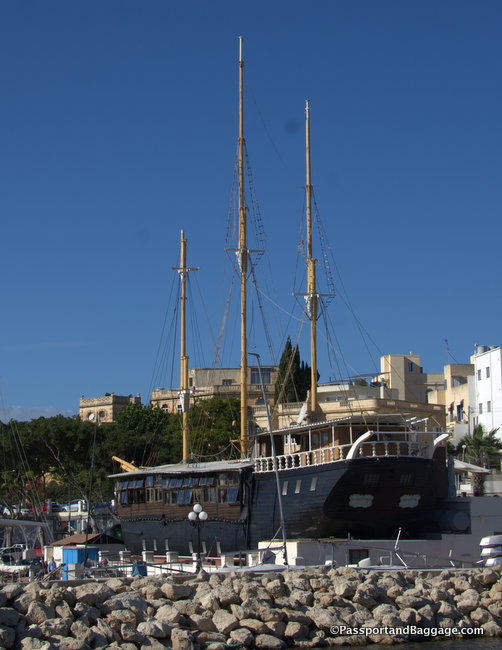
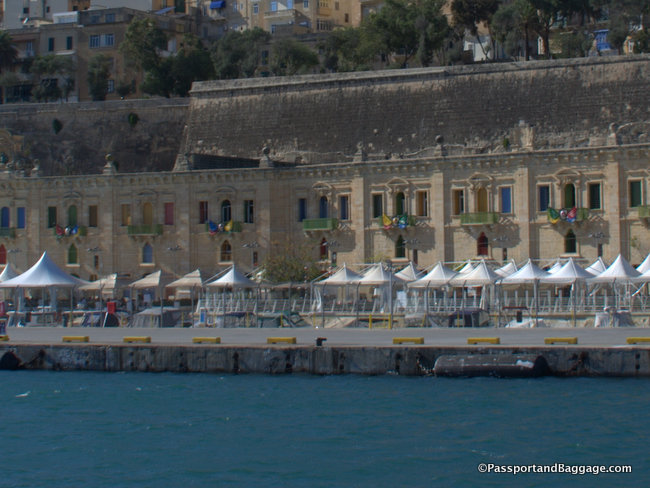
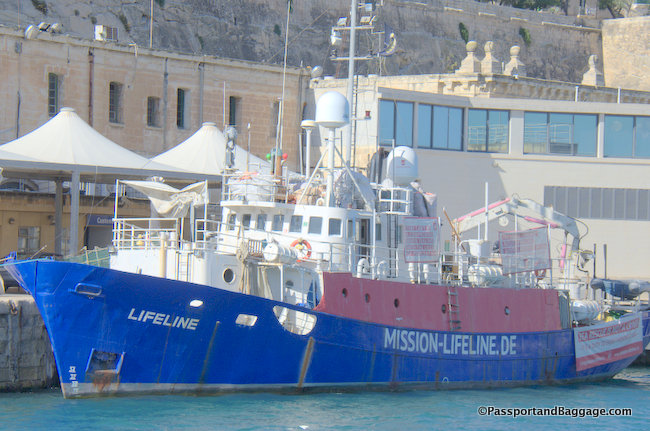
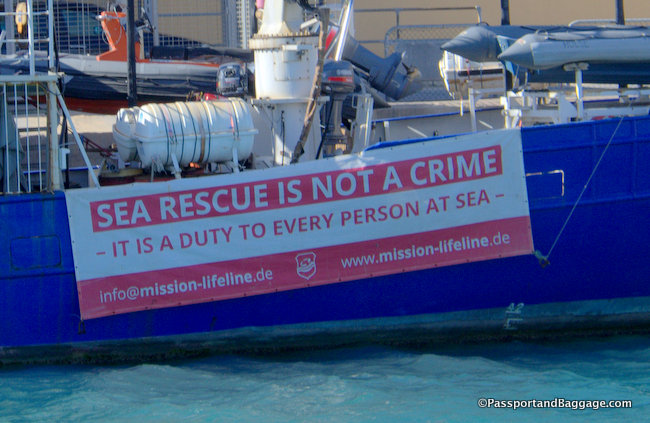
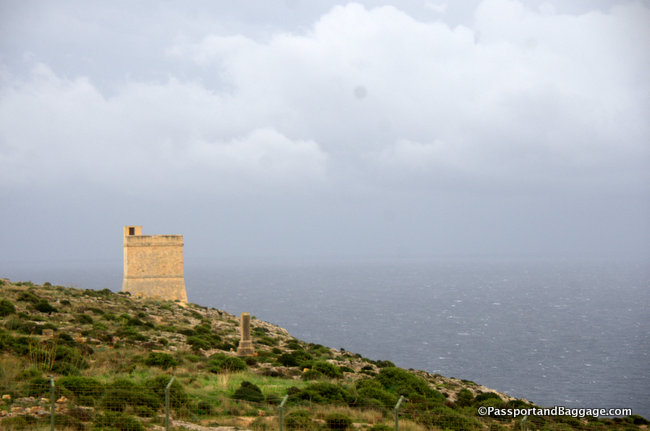
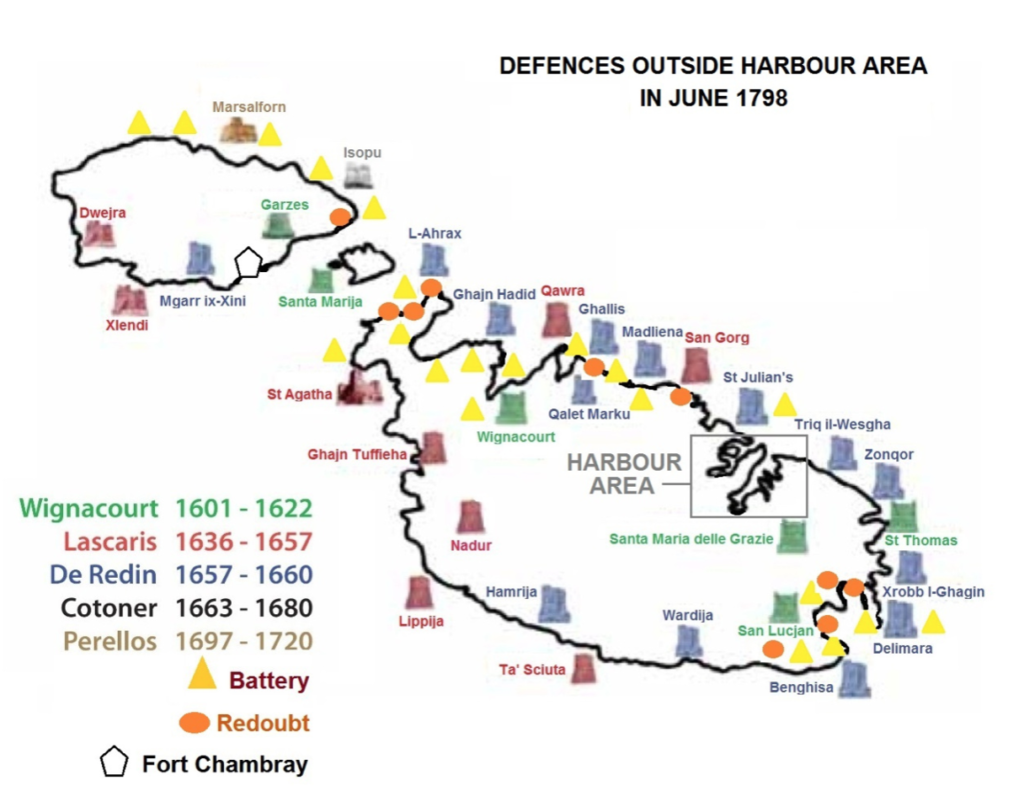
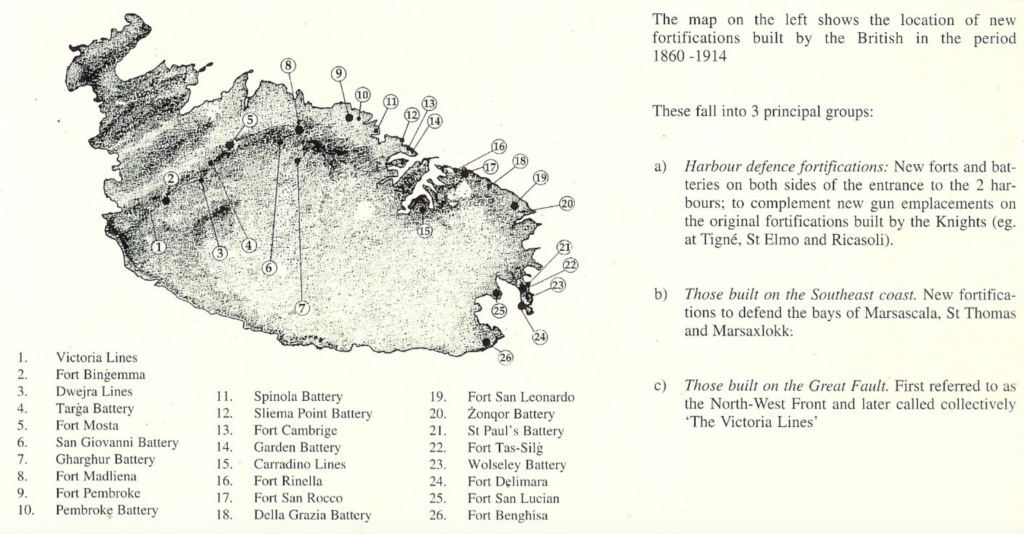
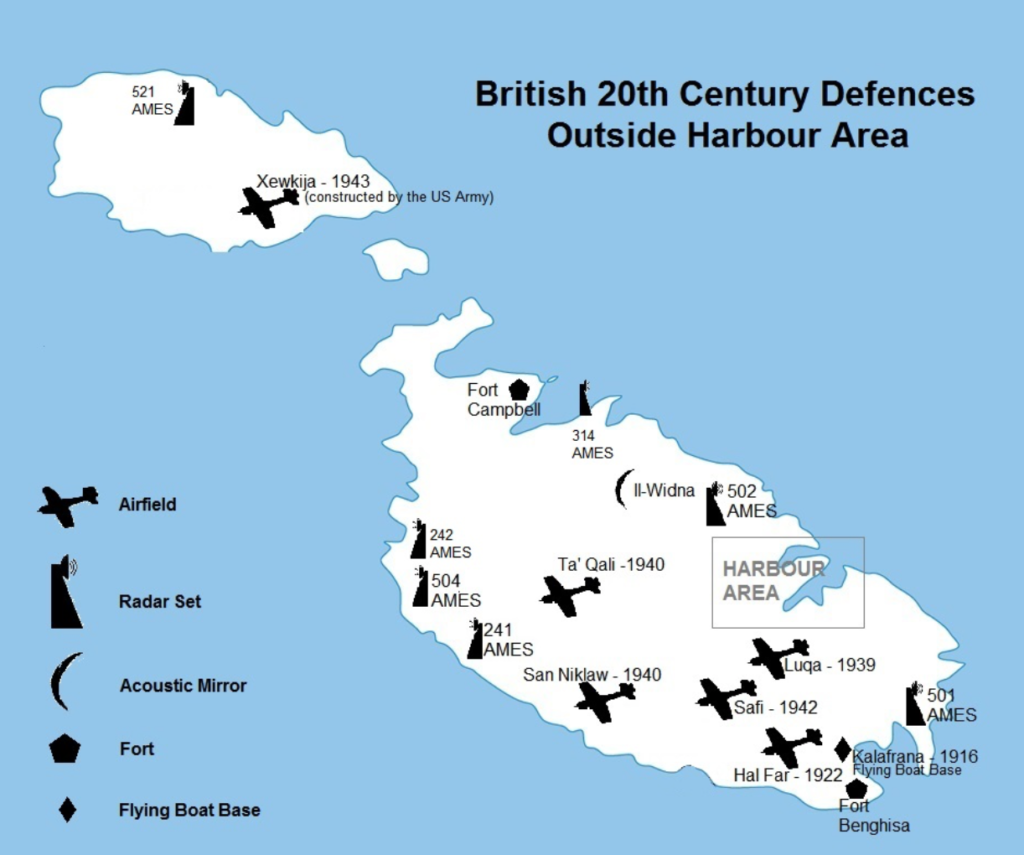
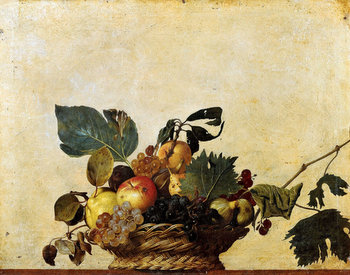
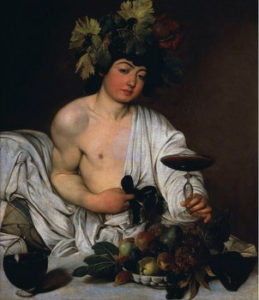
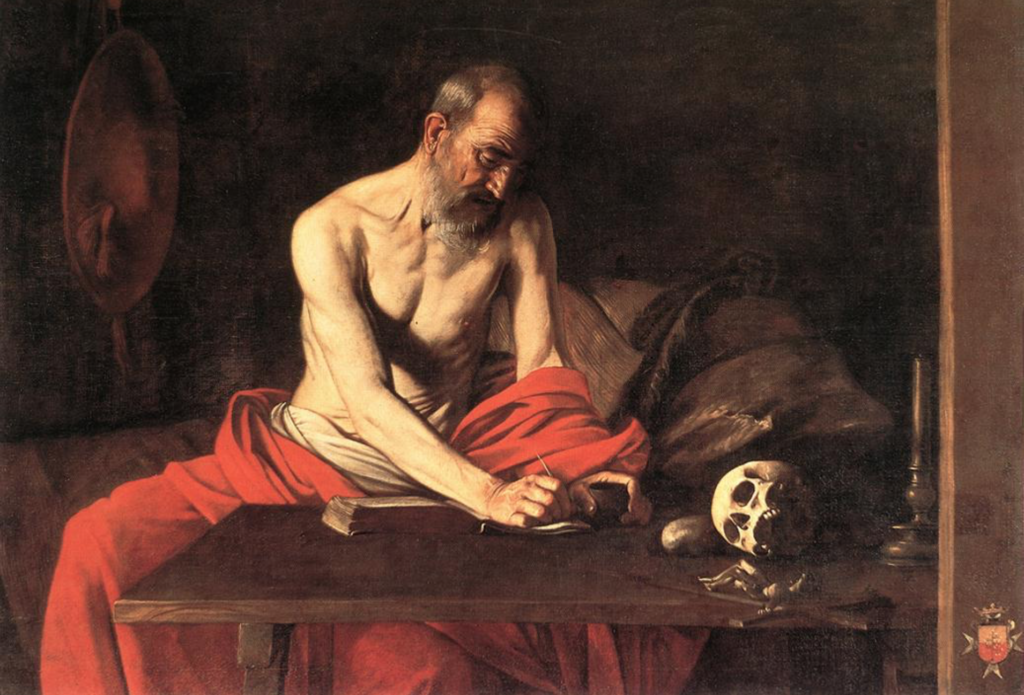
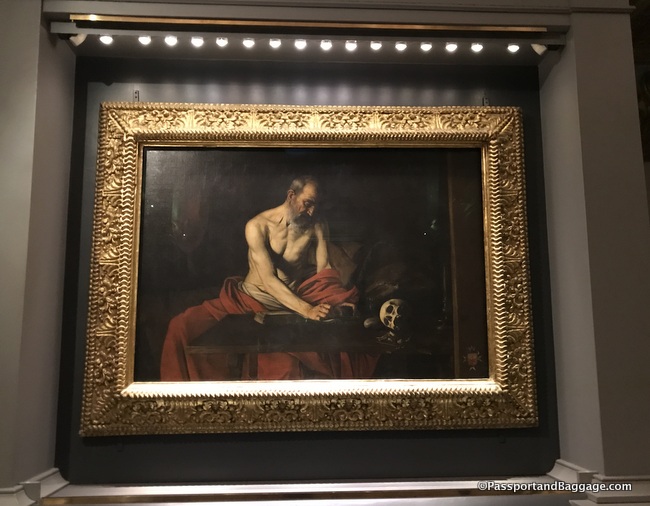
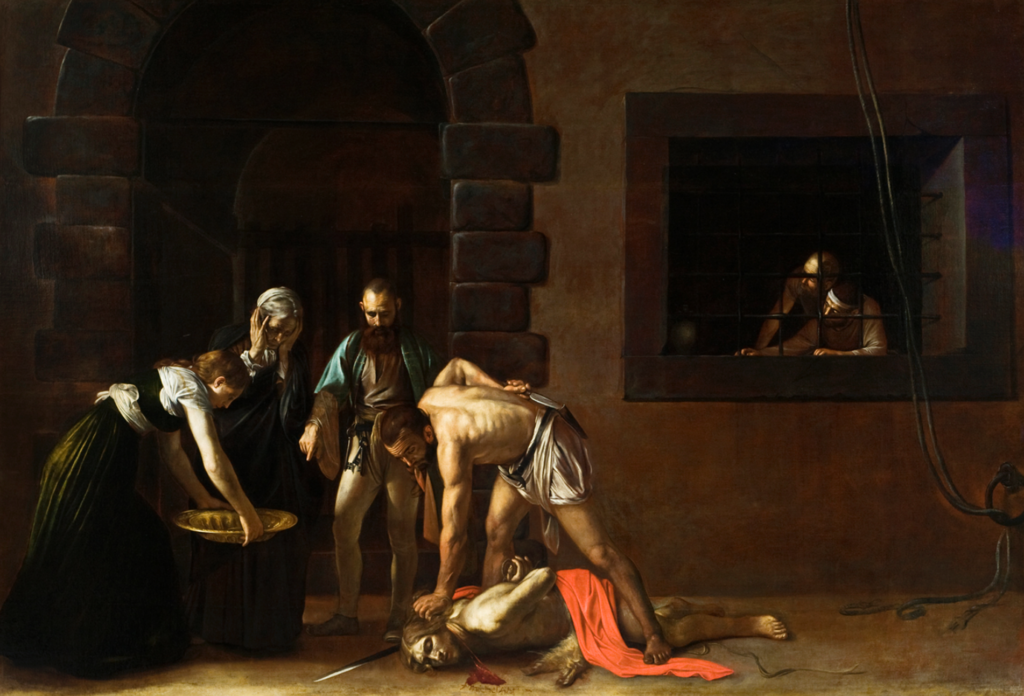


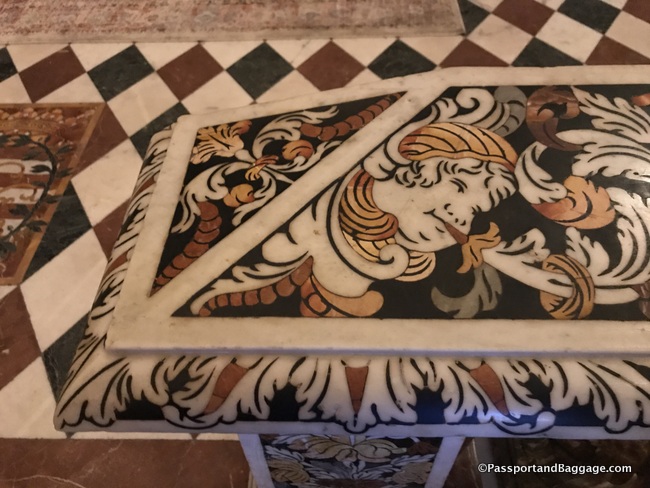

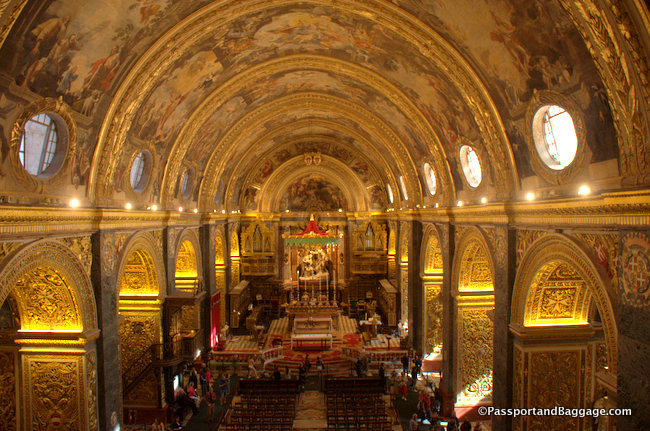
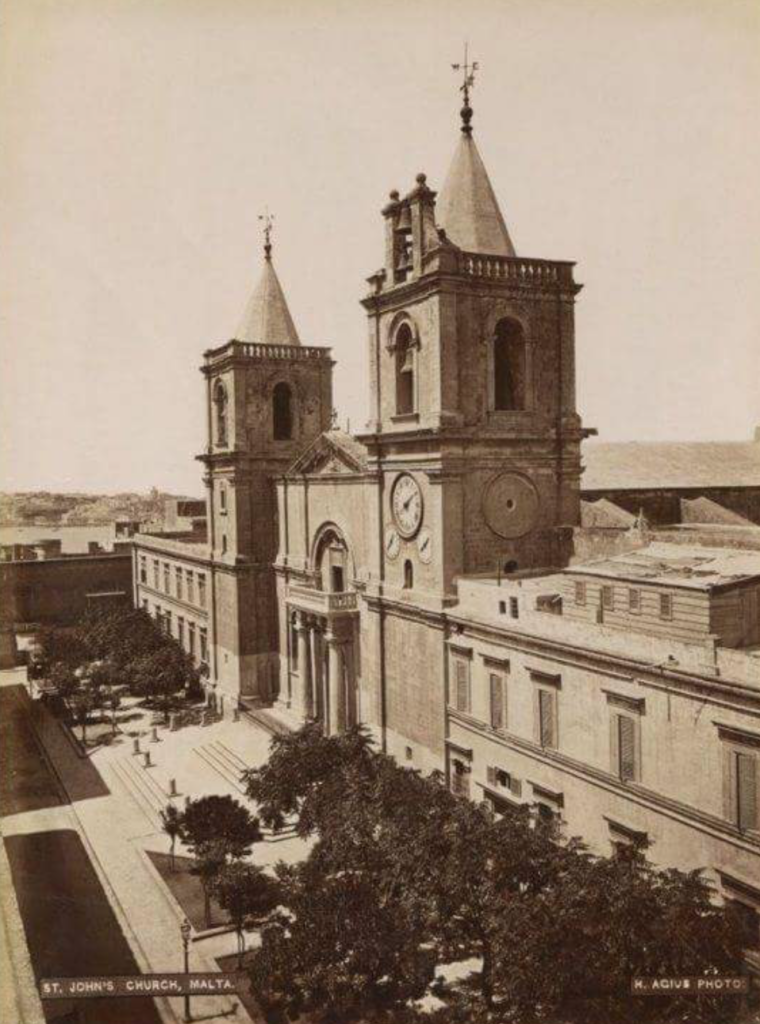
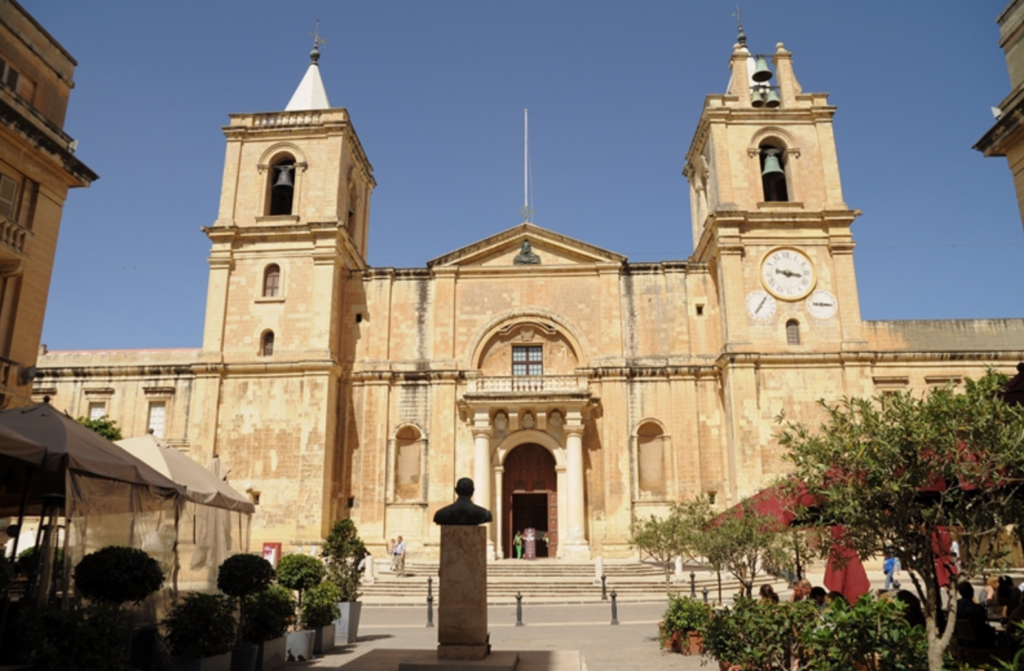
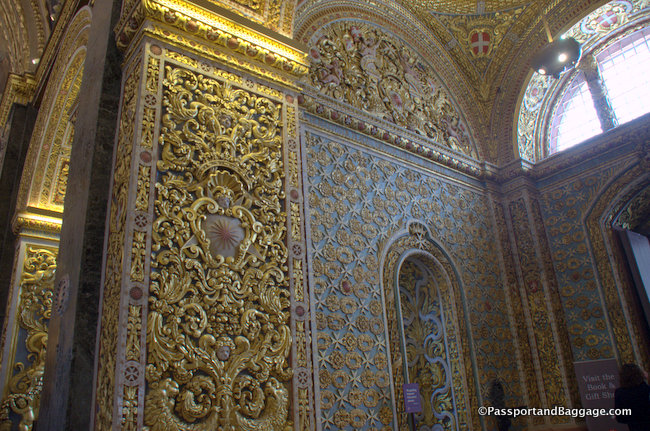
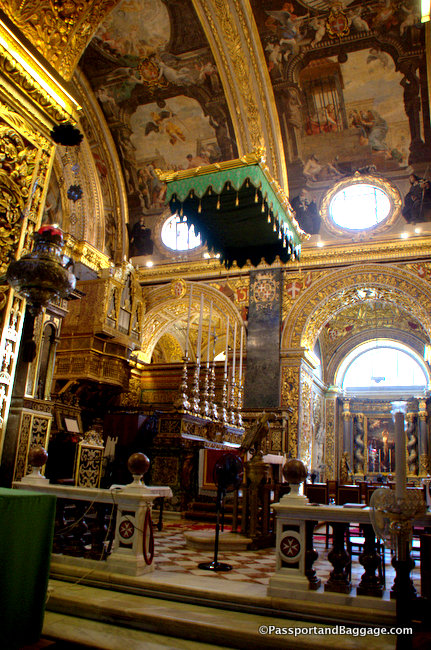
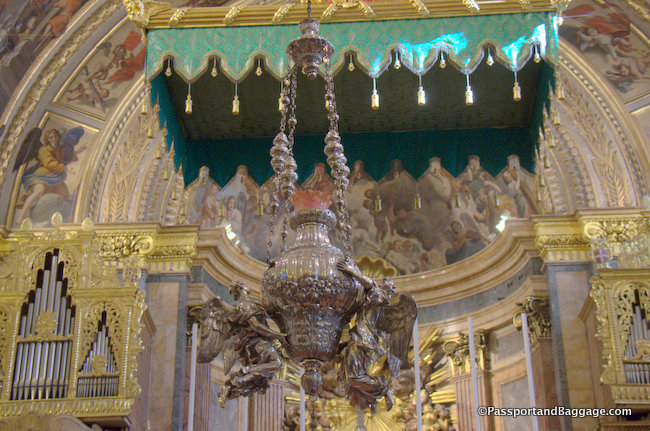
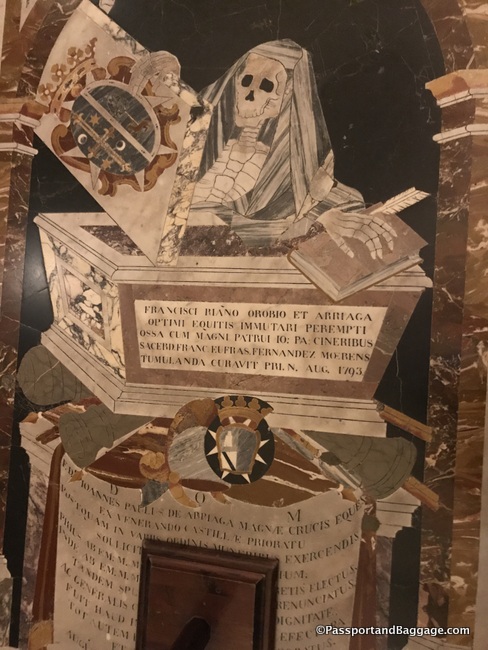
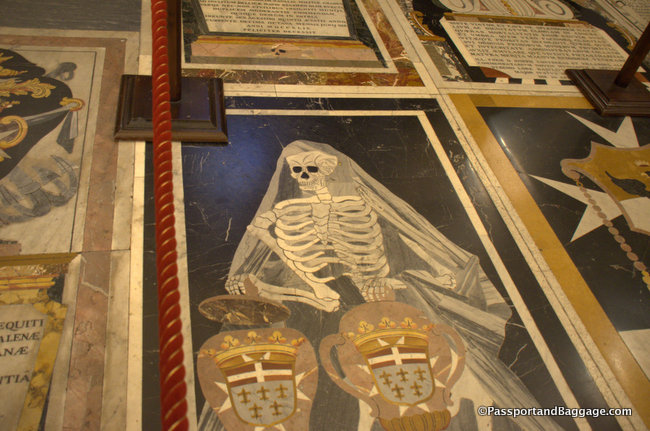
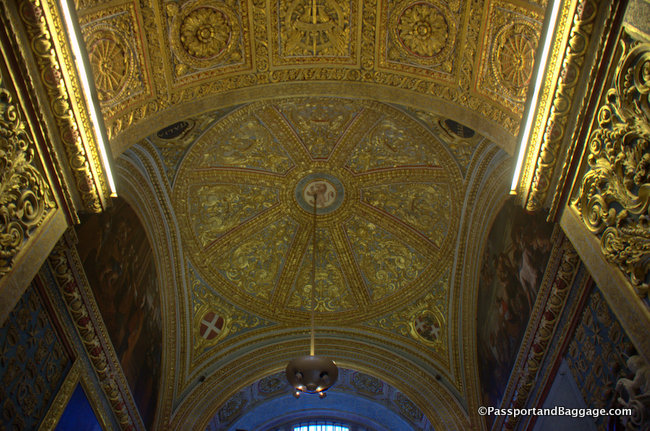
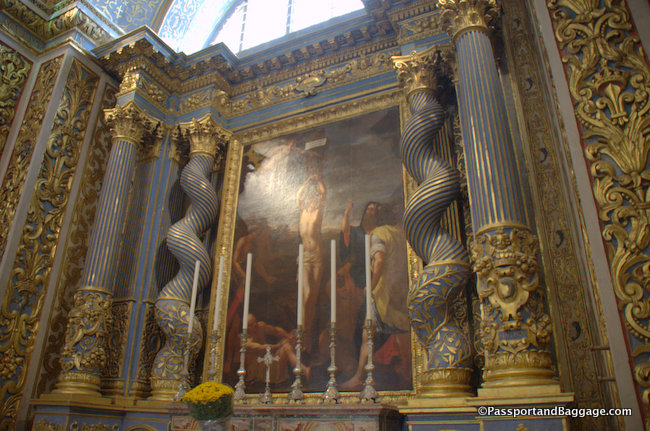
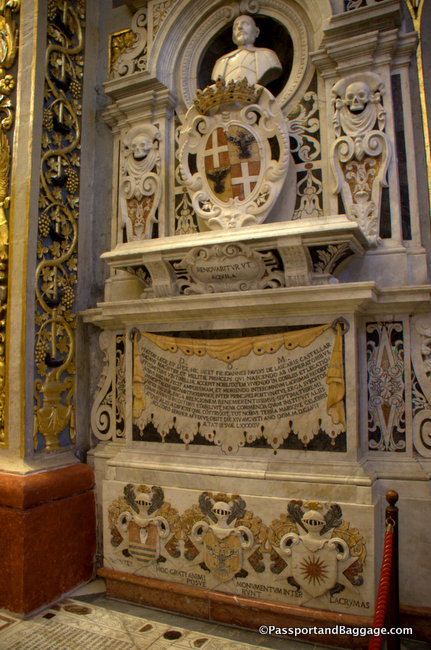
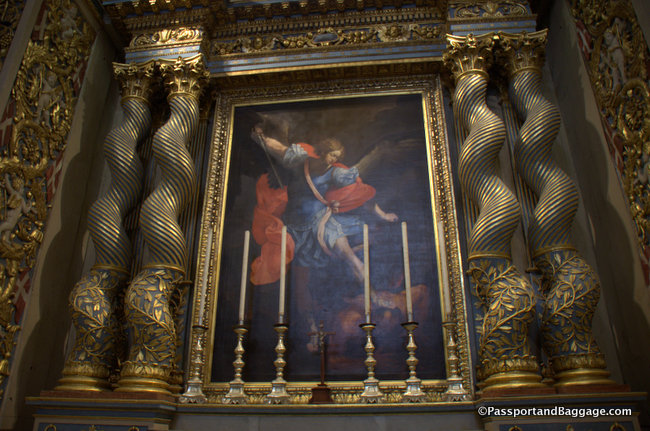
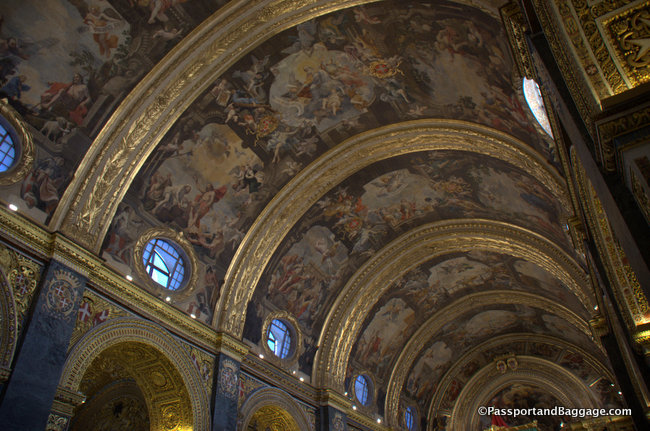
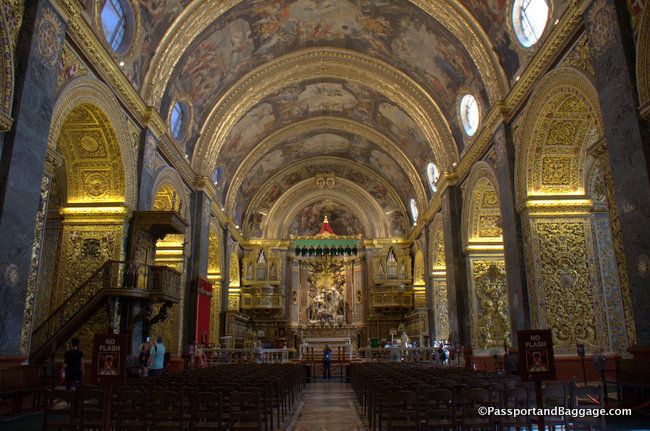
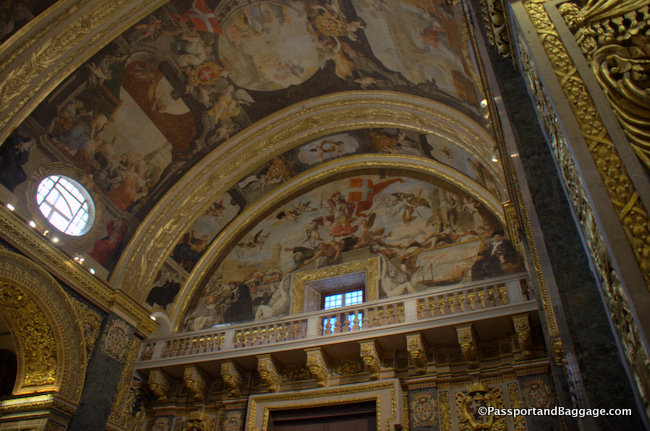 *
*